Nearly every state of the United States has at least one official state insect symbol. Iowa and Michigan are the only two states without one. Meanwhile, many states have named multiple insect symbols. In addition, these states often have both an official “state insect” or “state bug” and a separate category such as “state butterfly” or “state agricultural insect.
The most common state insect symbol by far is the European honey bee (Apis mellifera), chosen by 19 different states. As its name suggests, this species is not native to North America. Rather, Europeans first introduced it in the 16th century. Still, many states consider it an important agricultural insect.
Multiple states share several other popular insect symbols as well. However, there are some unique choices too! Check out the complete list below, along with images and facts about each.
Alabama: Monarch Butterfly (State Insect)

Monarch butterflies only lay their eggs on milkweed plants.
©iStock.com/CathyKeifer
Alabama named the monarch butterfly (Danaus plexippus) as its official state insect in 1989.
Alabama: Queen Honey Bee (State Agricultural Insect)

Beekeepers often mark the queen with a dot in order to easily find her in the hive.
©Kuttelvaserova Stuchelova/Shutterstock.com
Alabama also named the queen honey bee (Apis mellifera) as its official state agricultural insect in 2005. While many states choose the honey bee as a state symbol, Alabama is the only state to specify the queen.
Alabama: Eastern Tiger Swallowtail (State Butterfly and Mascot)
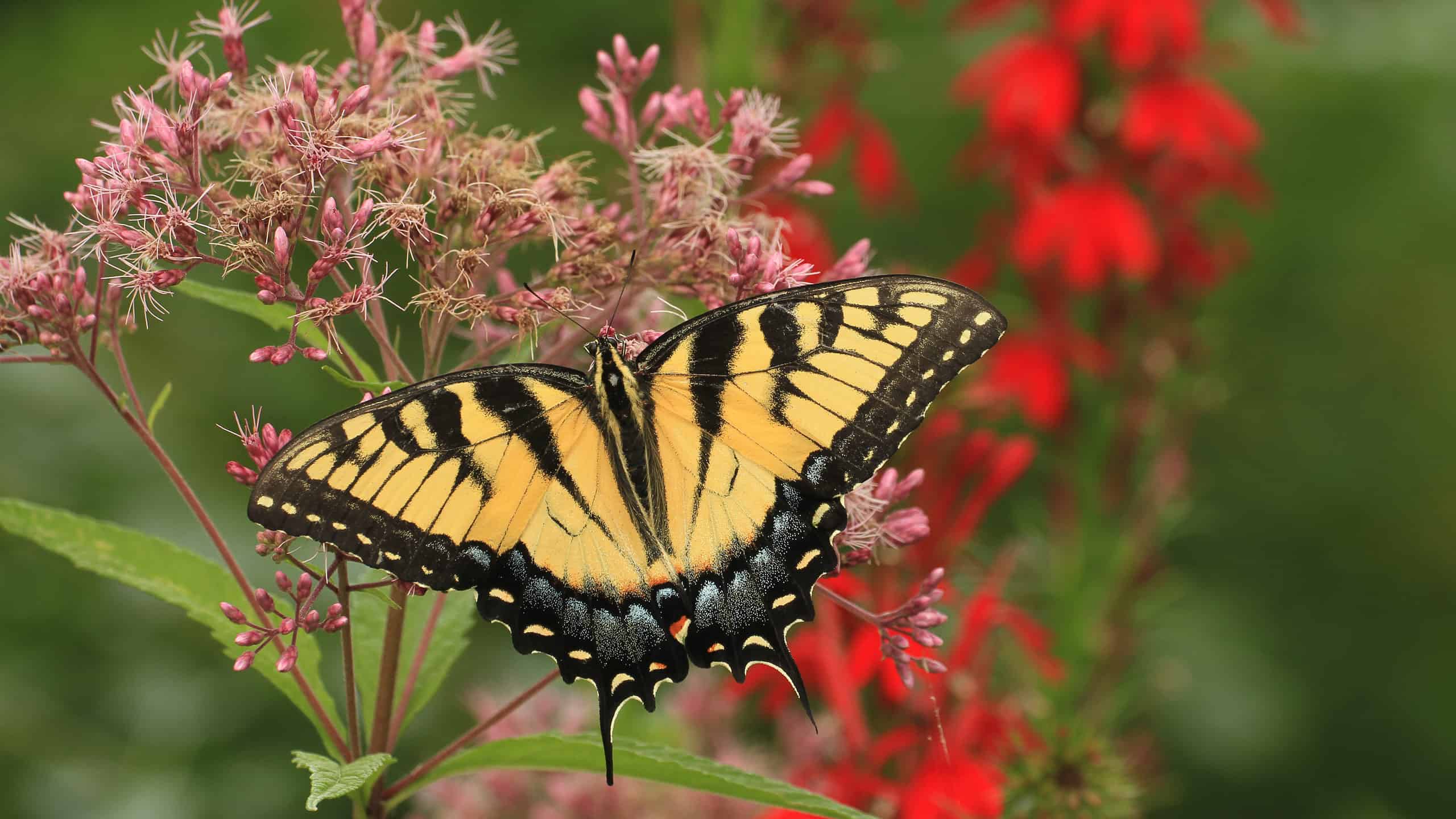
While male
tiger
swallowtails are always primarily yellow, females have both yellow and black morphs.
©Kevin Collison/Shutterstock.com
Alabama also named the eastern tiger swallowtail (Papilio glaucus) as both its official state butterfly and mascot in 1989.
Alaska: Four-Spotted Skimmer (State Insect)
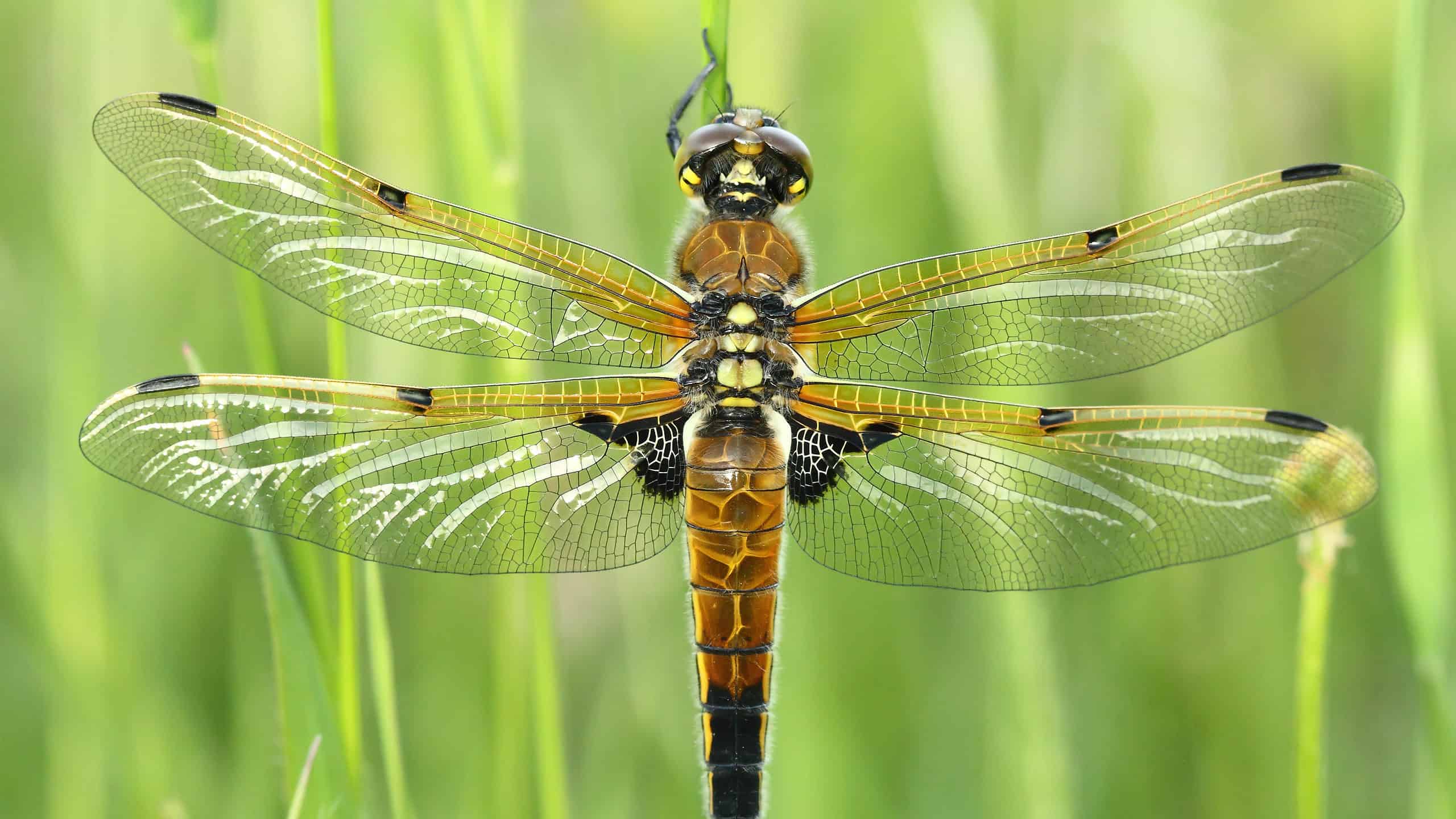
The four-spotted skimmer is more commonly known as the four-spotted chaser in its European range.
©Hector Ruiz Villar/Shutterstock.com
Alaska named the four-spotted skimmer (Libellula quadrimaculata) as its official state insect in 1995.
Arizona: Two-Tailed Swallowtail (State Butterfly)
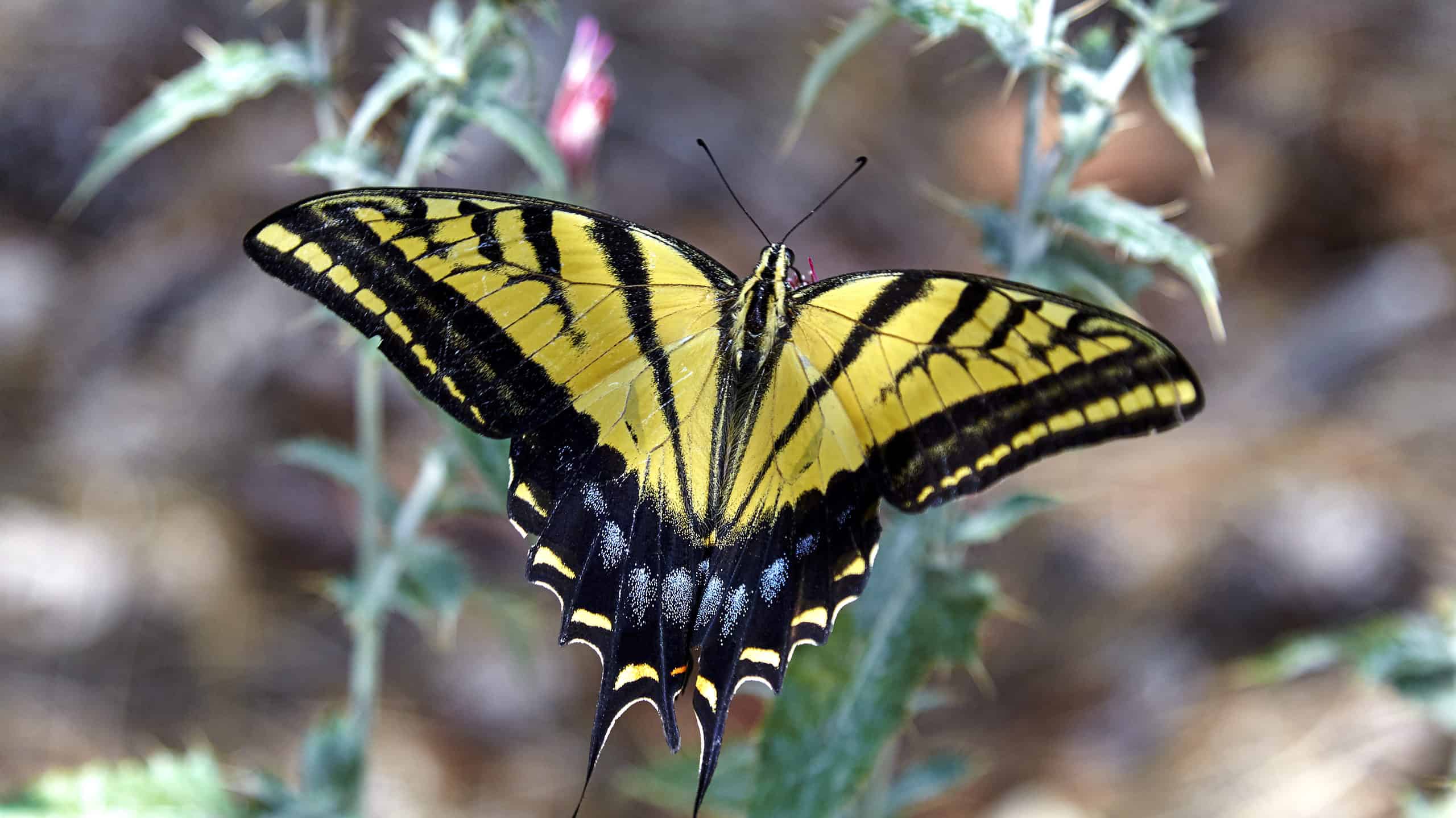
The two-tailed swallowtail is the largest swallowtail in Western North America.
©Pamela Au/Shutterstock.com
Arizona named the two-tailed swallowtail (Papilio multicaudata) as its official state butterfly in 2001.
Arkansas: European Honey Bee (State Insect)
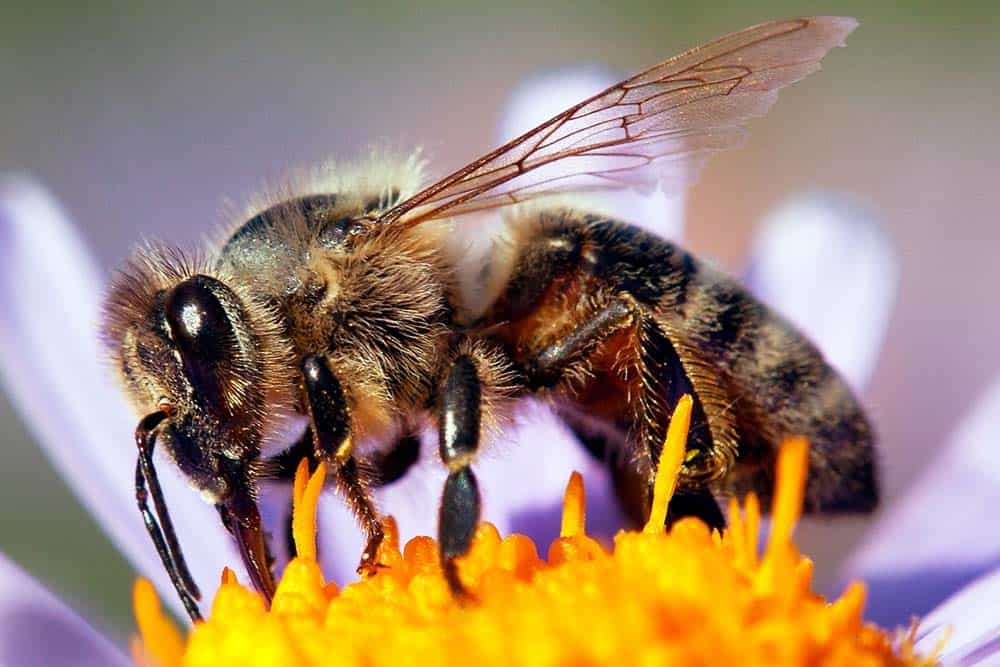
The European honey bee is one of only eight living species of honey bees (out of the over 20,000 bee species).
©Daniel Prudek/Shutterstock.com
Arkansas named the European honey bee (Apis mellifera) as its official state insect in 1973.
Arkansas: Diana Fritillary (State Butterfly)
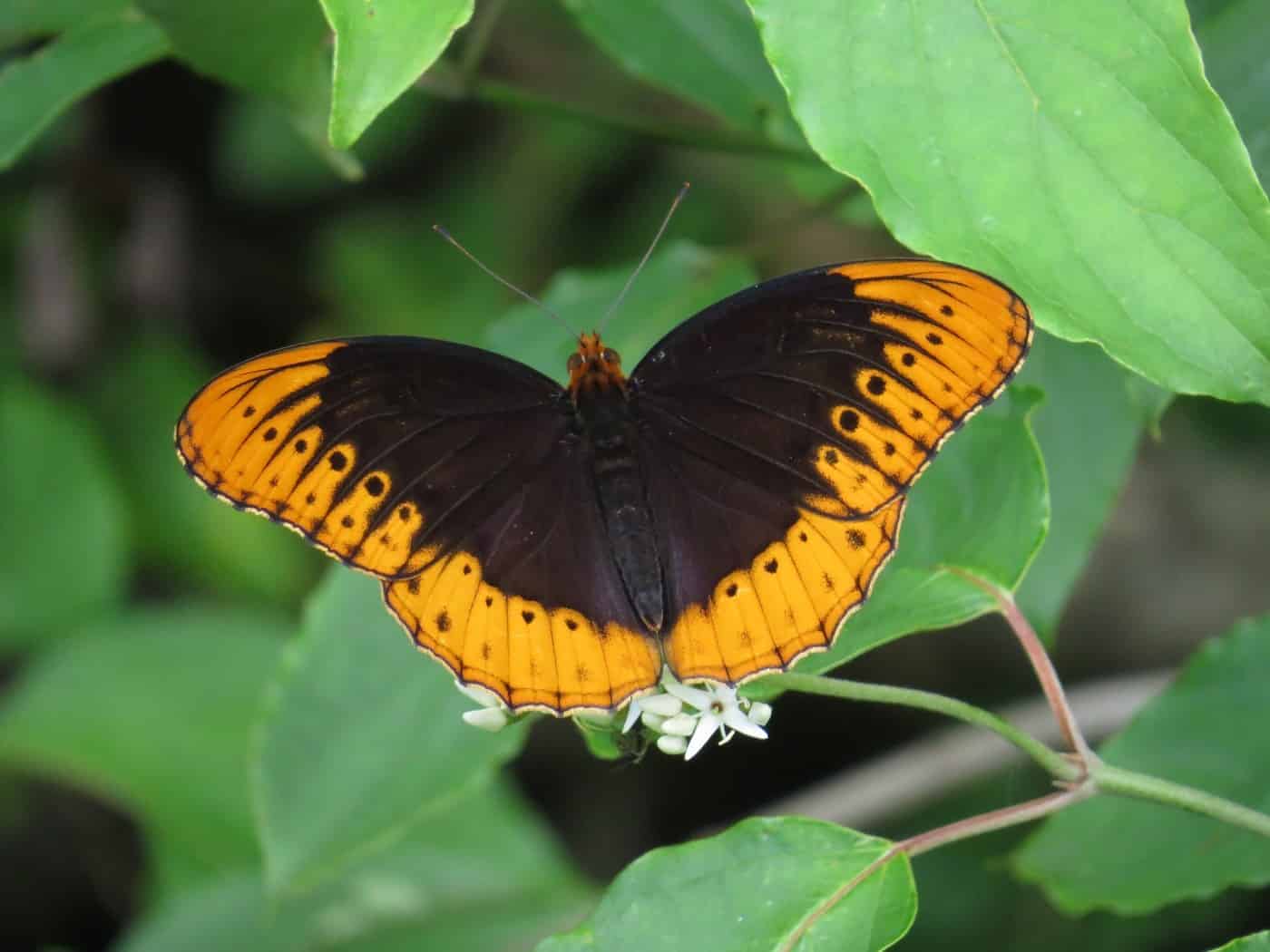
While male Diana fritillaries are orange and black, females are dark blue.
©Evan M. Raskin / CC BY 4.0 - License
However, Arkansas also named the Diana fritillary (Speyeria diana) as its official state butterfly in 2007.
California: California Dogface Butterfly (State Butterfly)

Dogface butterflies get their name from the pattern of the males’ forewings, which some say resemble poodle faces.
©Colorado State University, CC BY 3.0, via Wikimedia Commons - License
California named the California dogface butterfly (Zerene eurydice) as its official state butterfly in 1972. In doing so, it became the first state with an insect symbol.
Colorado: Colorado Hairstreak (State Insect)
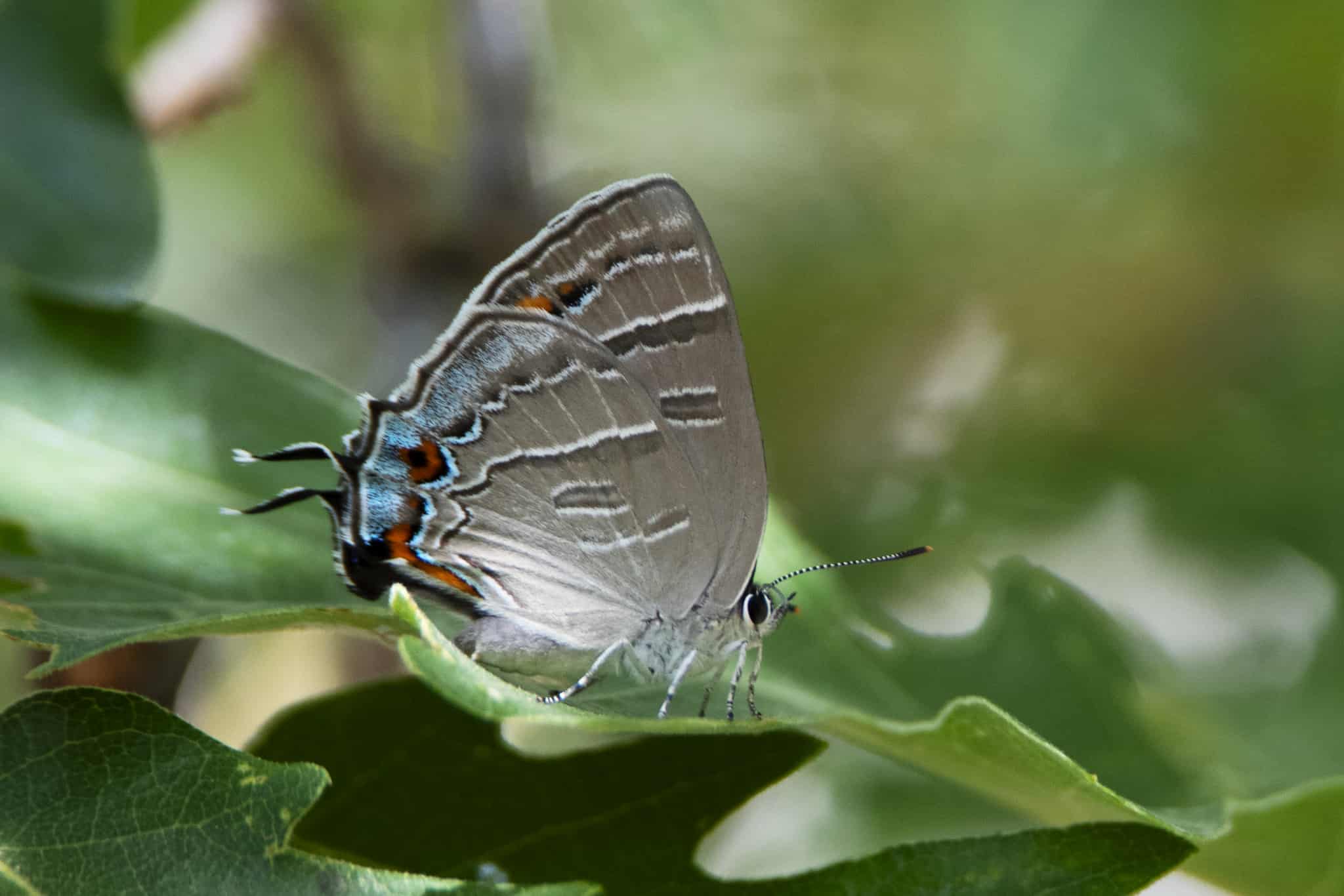
The Colorado hairstreak makes its home in oak scrubland habitat.
©Chris Quirin / CC BY 4.0 - License
Colorado named the Colorado hairstreak (Hypaurotis crysalus) as its official state insect in 1996.
Connecticut: European Mantis (State Insect)
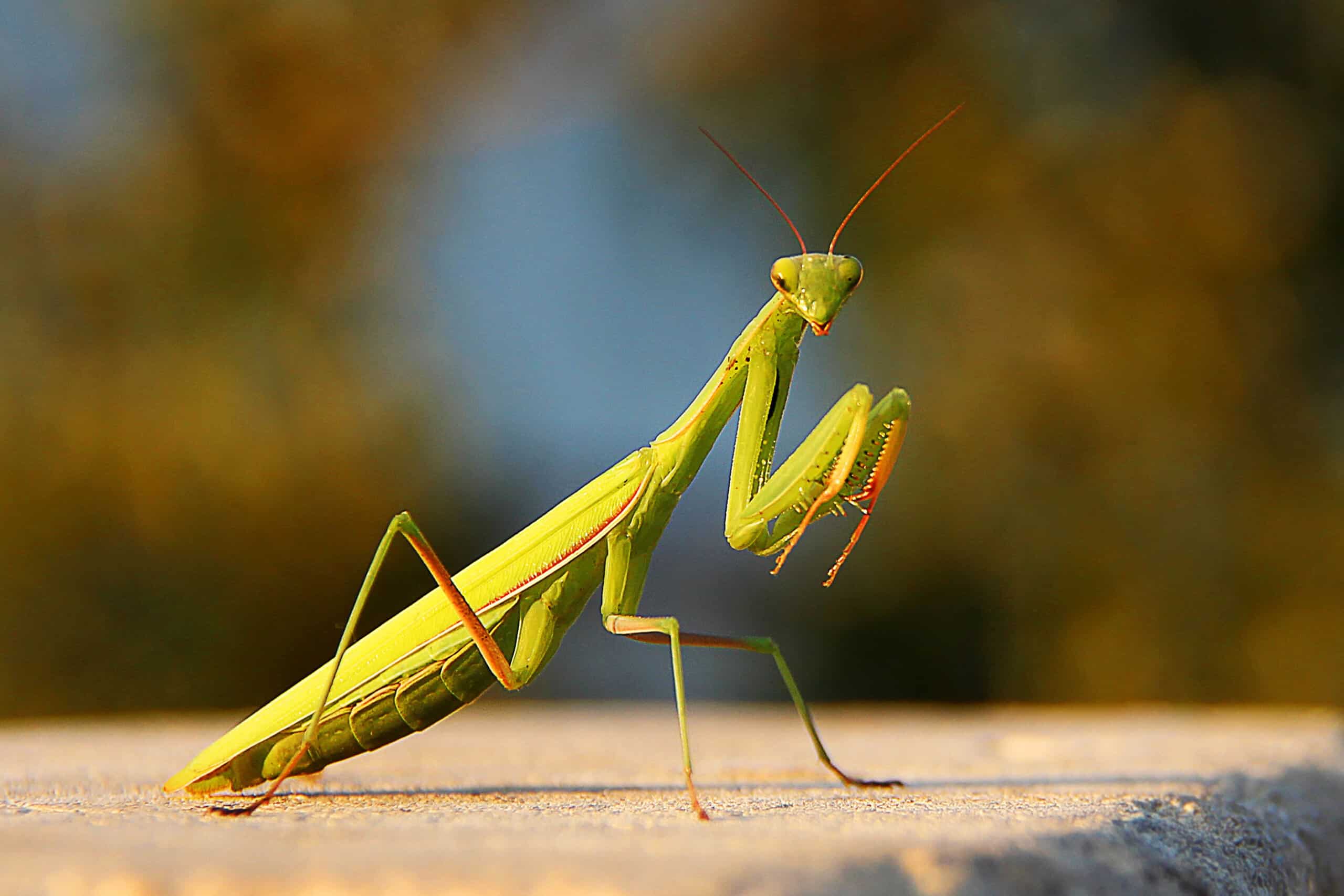
The European mantis is also commonly called the praying mantis.
©Tatyana-Sanina/Shutterstock.com
Connecticut named the European mantis (Mantis religiosa) as its official state insect in 1977.
Delaware: Seven-Spotted Ladybug (State Bug)

The seven-spotted ladybug is one of several ladybug species named for how many spots are typically found on its wings.
©Protasov AN/Shutterstock.com
Delaware named the seven-spotted ladybug (Coccinella septempunctata) as its official state bug in 1974.
Delaware: Eastern Tiger Swallowtail (State Butterfly)
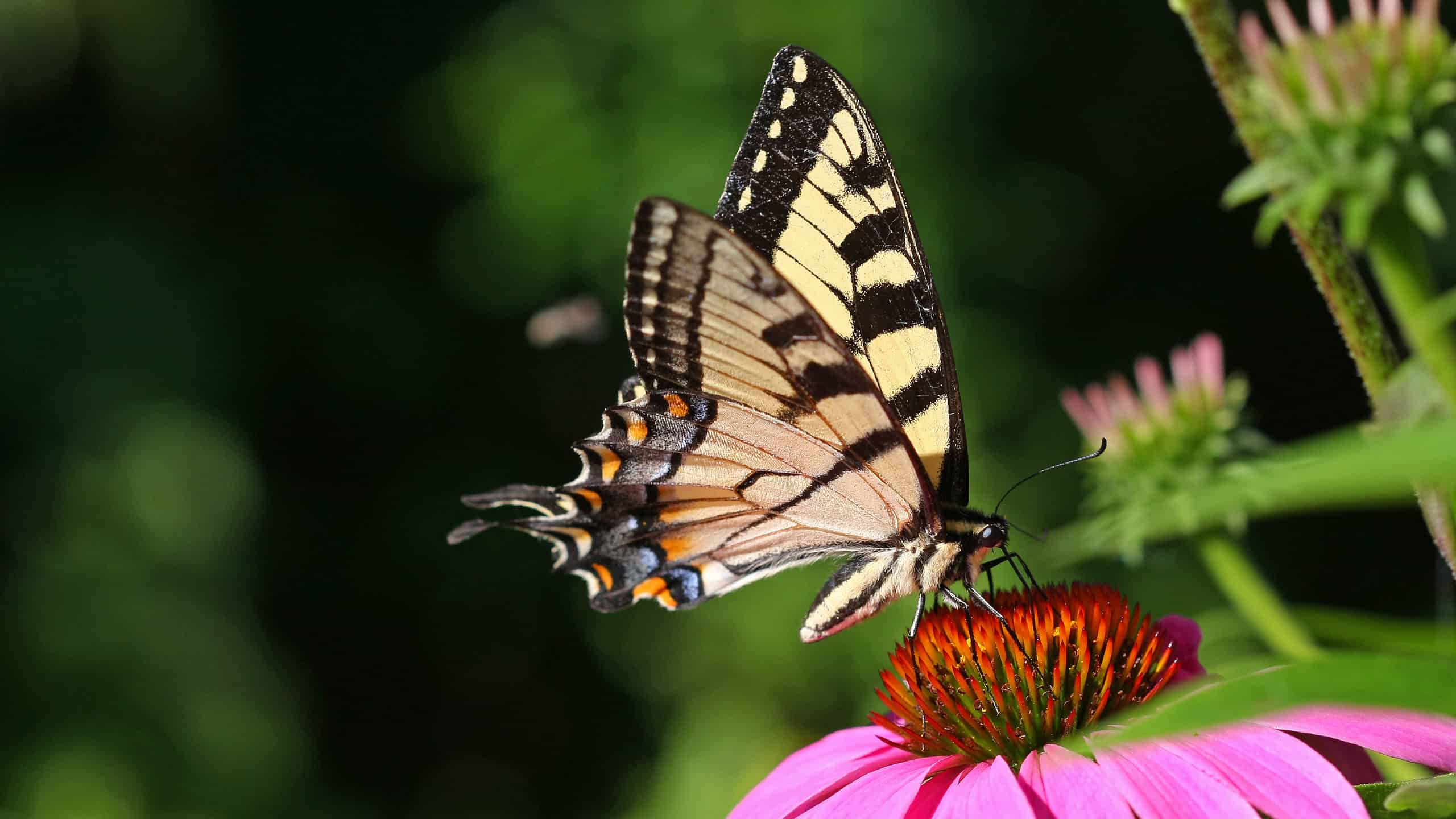
The eastern tiger swallowtail ranges across eastern North America.
©Ron Rowan Photography/Shutterstock.com
Delaware also named the eastern tiger swallowtail (Papilio glaucus) as its official state butterfly in 1999.
Delaware: Stonefly (State Macroinvertebrate)
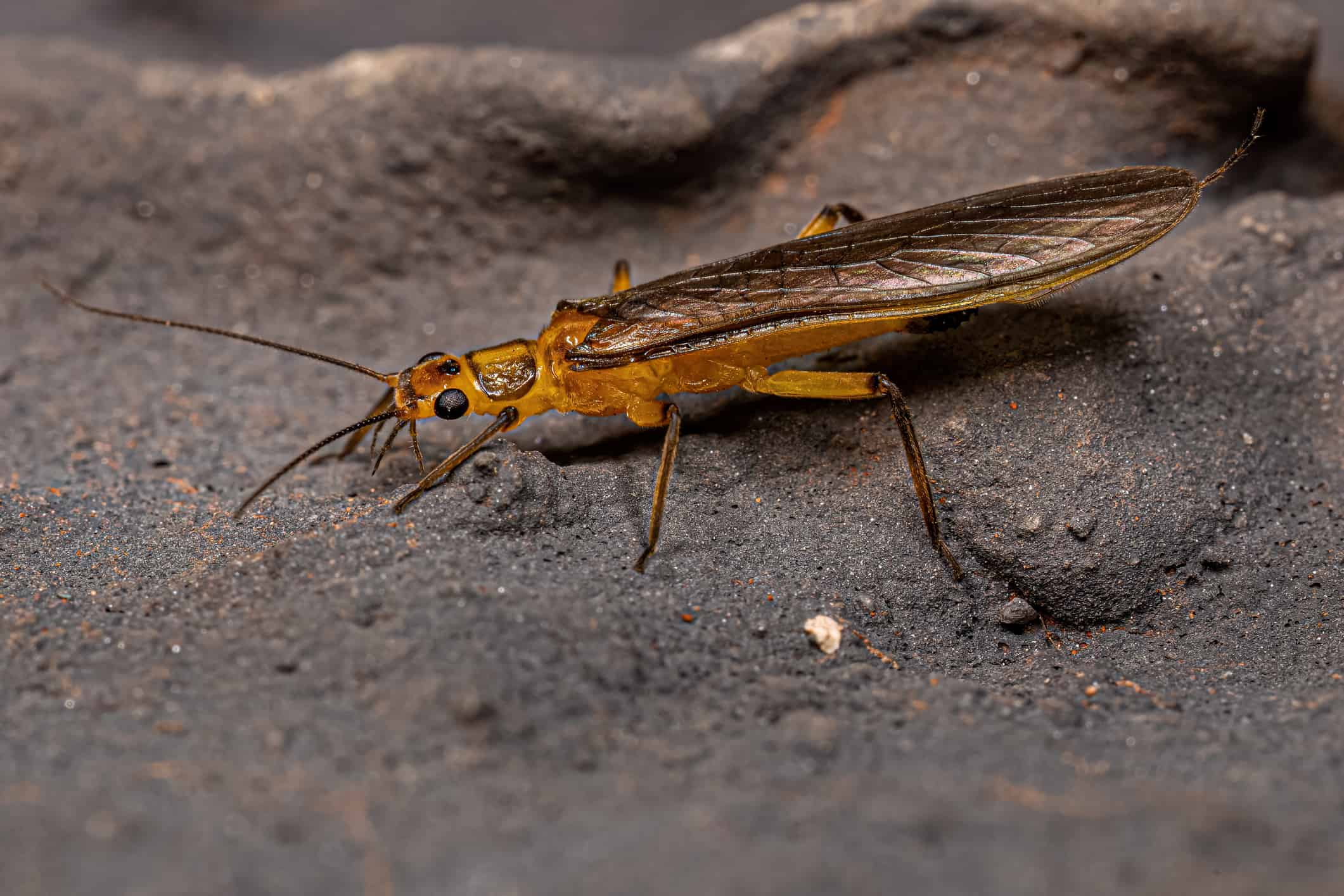
Because stoneflies are such pollution-sensitive aquatic insects, they are important indicator species of water quality.
©iStock.com/ViniSouza128
Delaware also named the stonefly (Order Plecoptera) as its official state macroinvertebrate in 2005.
Florida: Zebra Longwing (State Insect)
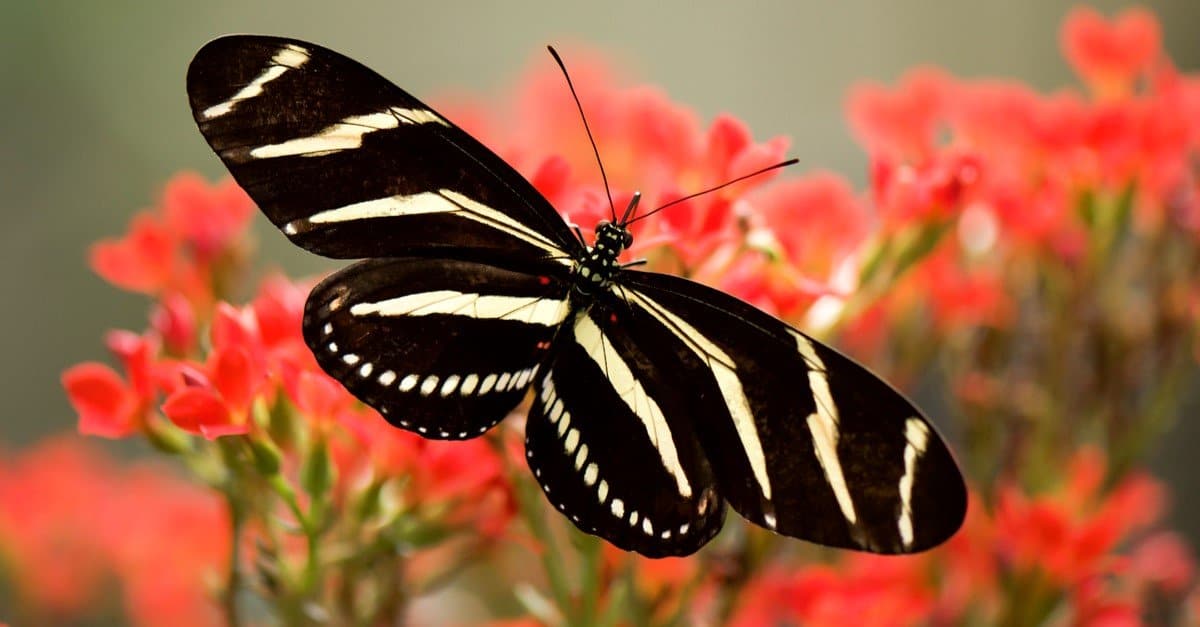
Zebra longwing caterpillars feed on passionflower plants.
©Julee75/Shutterstock.com
Florida named the Zebra longwing (Heliconius charitonius) as its official state butterfly in 1996.
Georgia: European Honey Bee (State Insect)
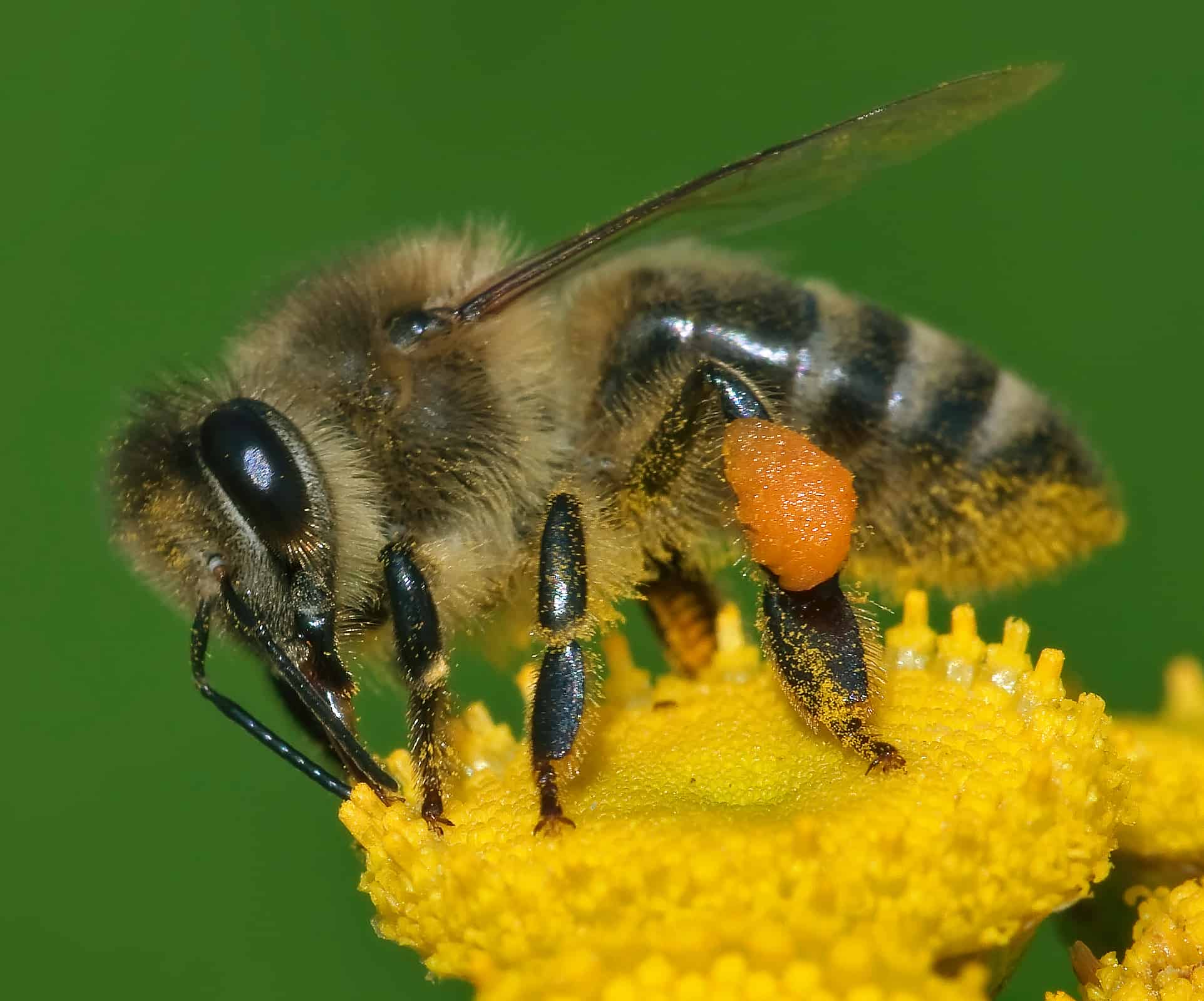
Female honey bees’ hind legs have a pollen basket used to both collect and transport pollen for the colony.
©Andreas Trepte, CC BY-SA 2.5 - License
Georgia named the European honey bee (Apis mellifera) as its official state insect in 1975.
Georgia: Eastern Tiger Swallowtail (State Butterfly)
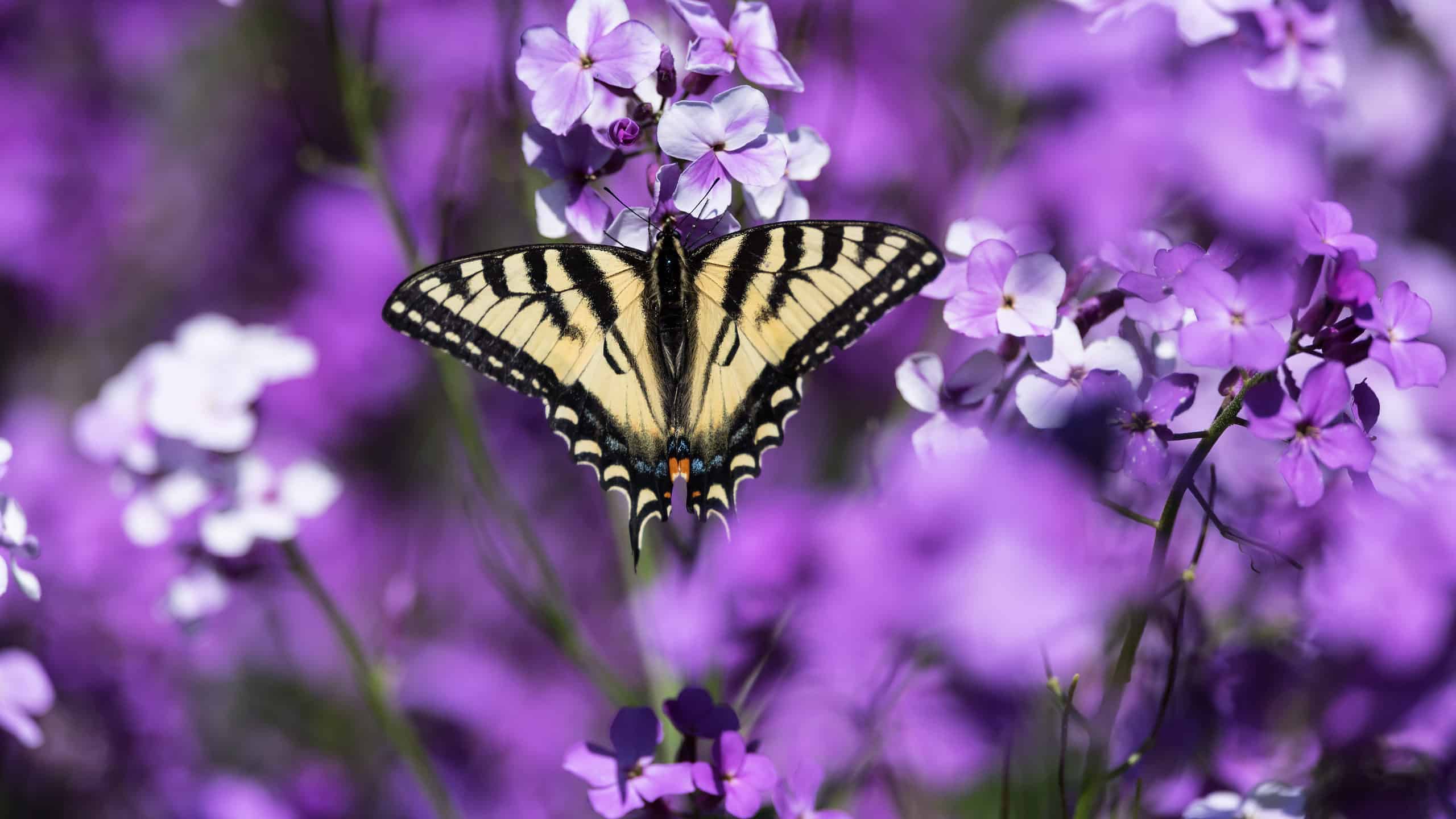
Female eastern tiger swallowtails are not only larger than males but also have blue on their hindwings.
©FotoRequest/Shutterstock.com
Georgia also named the eastern tiger swallowtail (Papilio glaucus) as its official state butterfly in 1988.
Hawaii: Kamehameha Butterfly (State Insect)

The Kamehameha butterfly is endemic to the Hawaiian islands.
©Forest & Kim Starr, CC BY 3.0 US <https://creativecommons.org/licenses/by/3.0/us/deed.en>, via Wikimedia Commons - License
Hawaii named the Kamehameha butterfly (Vanessa tameamea) as its official state insect in 2009.
Idaho: Monarch Butterfly (State Insect)

The
monarch butterfly
was the first butterfly to have its genome fully sequenced.
©iStock.com/CathyKeifer
Idaho named the monarch butterfly (Danaus plexippus) as its official state insect in 1992.
Illinois: Monarch Butterfly (State Insect)

Like all butterflies, monarchs undergo a complete metamorphosis from egg to
caterpillar
to chrysalis to adult.
©Michael Zurawski/iStock via Getty Images
Illinois named the monarch butterfly (Danaus plexippus) as its official state insect in 1975.
Indiana: Say’s Firefly (State Insect)
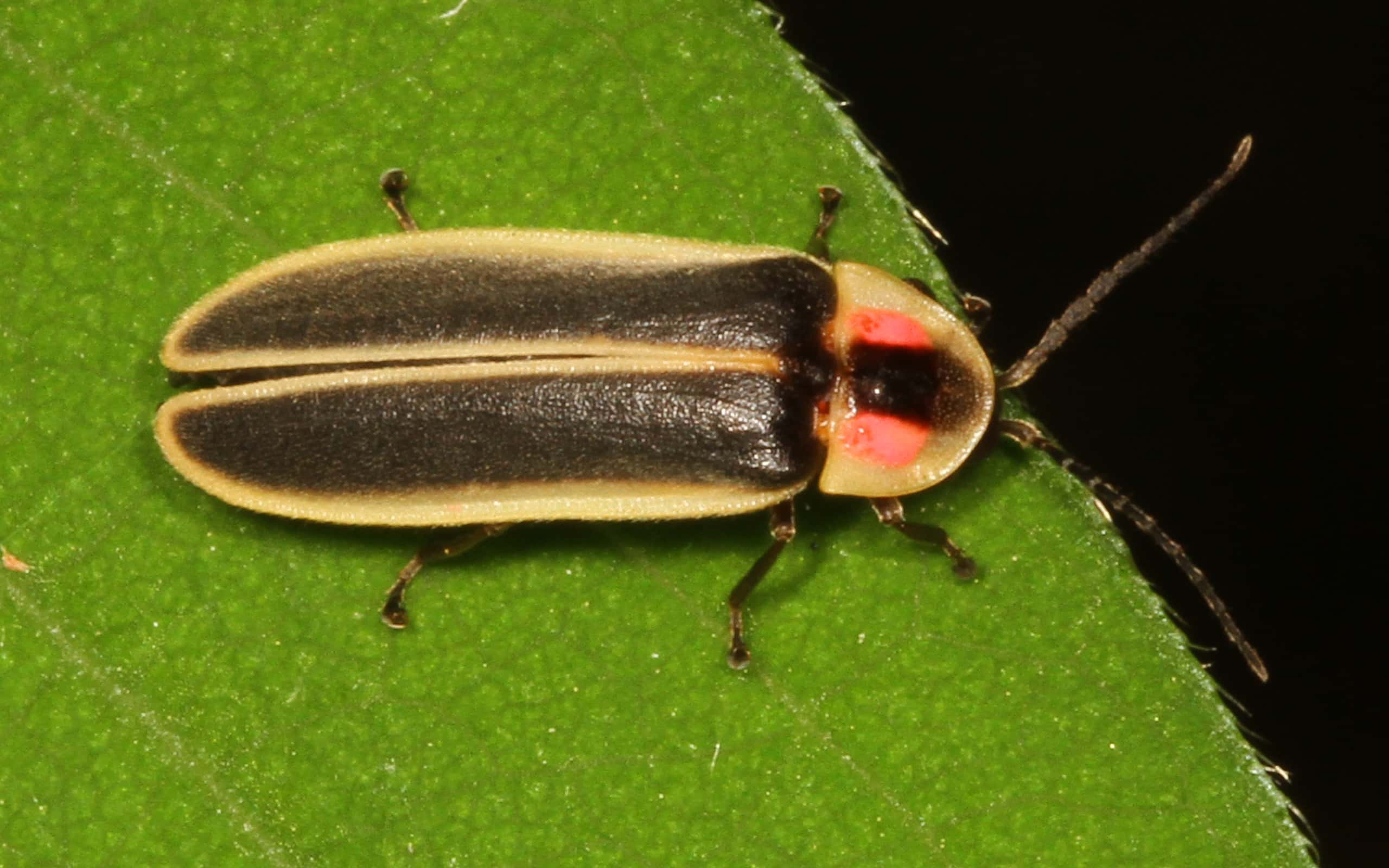
Say’s Firefly is named for American naturalist Thomas Say (1787 – 1834), who made important contributions to entomology as well as conchology.
©Judy Gallagher / CC BY 2.0 - License
Indiana named Say’s Firefly (Pyractomena angulata) as its official state insect in 2018.
Kansas: European Honey Bee (State Insect)

Workers make up at least 90% of a honey bee colony and are all females.
©Kuttelvaserova Stuchelova/Shutterstock.com
Kansas named the European honey bee (Apis mellifera) as its official state insect in 1976.
Kentucky: European Honey Bee (State Agricultural Insect)

Honey bees are important agricultural insects both as honey producers and as pollinators of other crops.
©iStock.com/D-Steinmeyer
Kentucky named the European honey bee (Apis mellifera) as its official state agricultural insect in 2010.
Kentucky: Viceroy (State Butterfly)
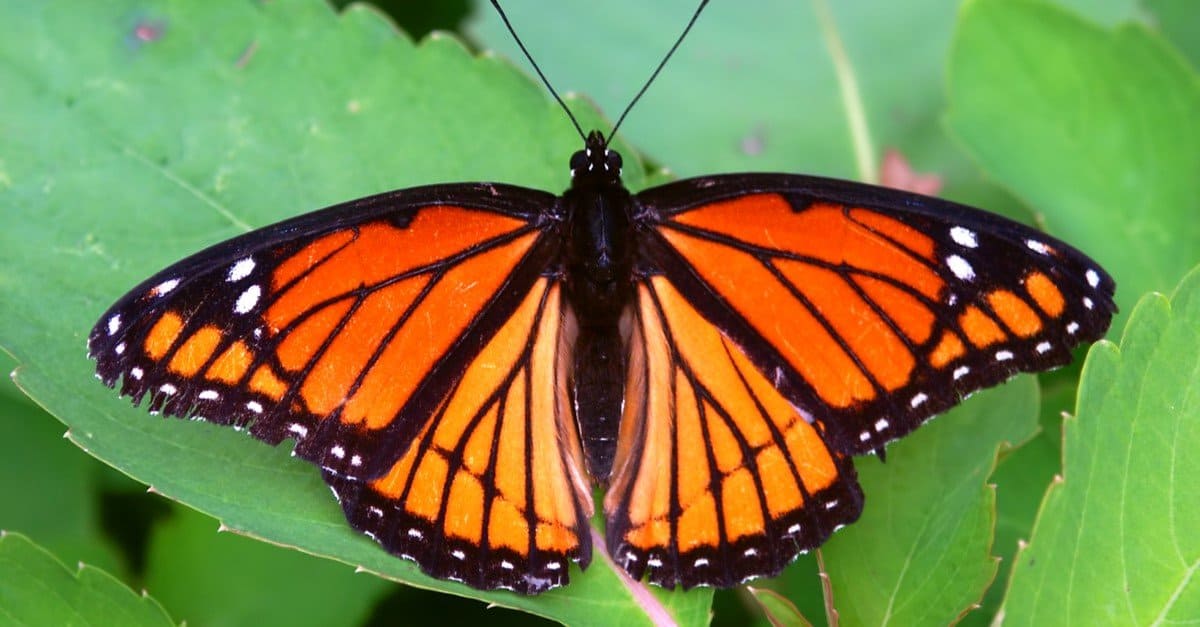
The viceroy is a Müllerian mimic of the monarch butterfly.
©Jason Patrick Ross/Shutterstock.com
Kentucky also named the viceroy (Limenitis archippus) as its official state butterfly in 1990.
Louisiana: European Honey Bee (State Insect)
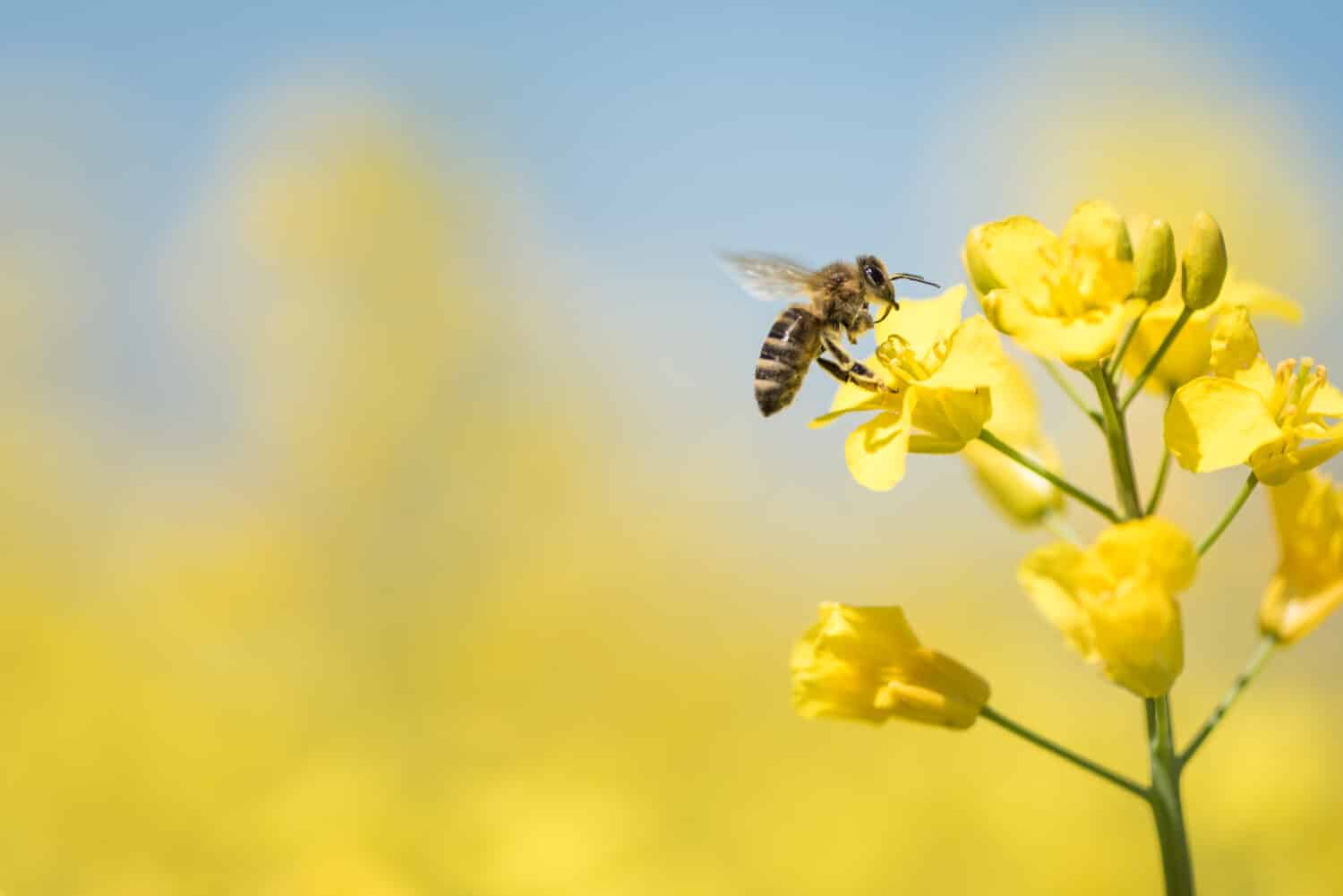
Honey bees have barbed stingers.
©thka/Shutterstock.com
Louisiana named the European honey bee (Apis mellifera) as its official state insect in 1977.
Louisiana: Gulf Fritillary (State Butterfly)
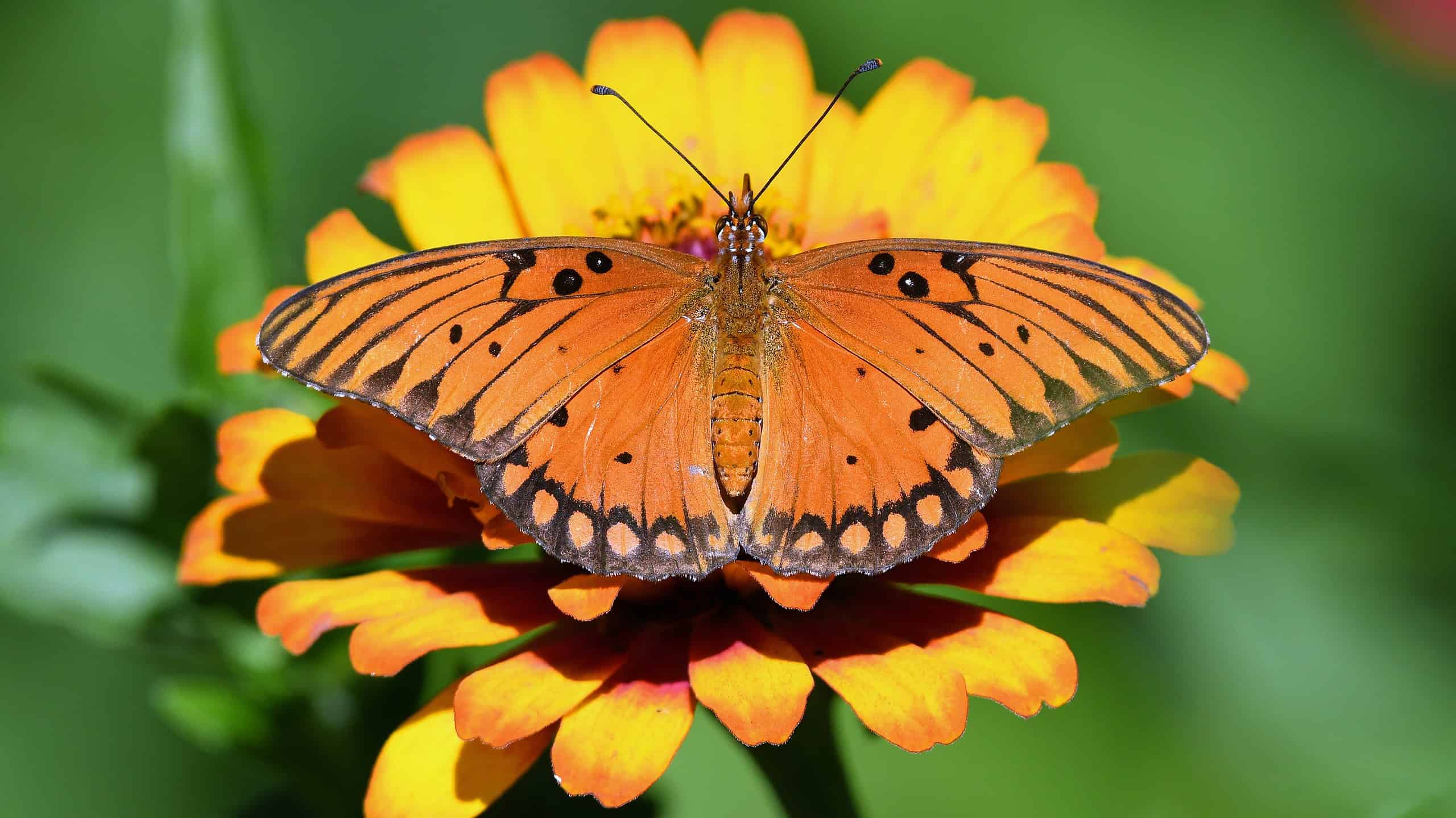
The Gulf fritillary can be found across the Southern United States.
©A. Viduetsky/Shutterstock.com
Louisiana also named the Gulf fritillary (Dione vanillae) as its official state butterfly in 2022.
Maine: European Honey Bee (State Insect)

Honey bee colonies consist of a single queen, many female workers, and a small number of male drones.
©Andreas Trepte, CC BY-SA 2.5 - License
Maine named the European honey bee (Apis mellifera) as its official state insect in 1975.
Maine: Pink-Edged Sulphur (State Butterfly)
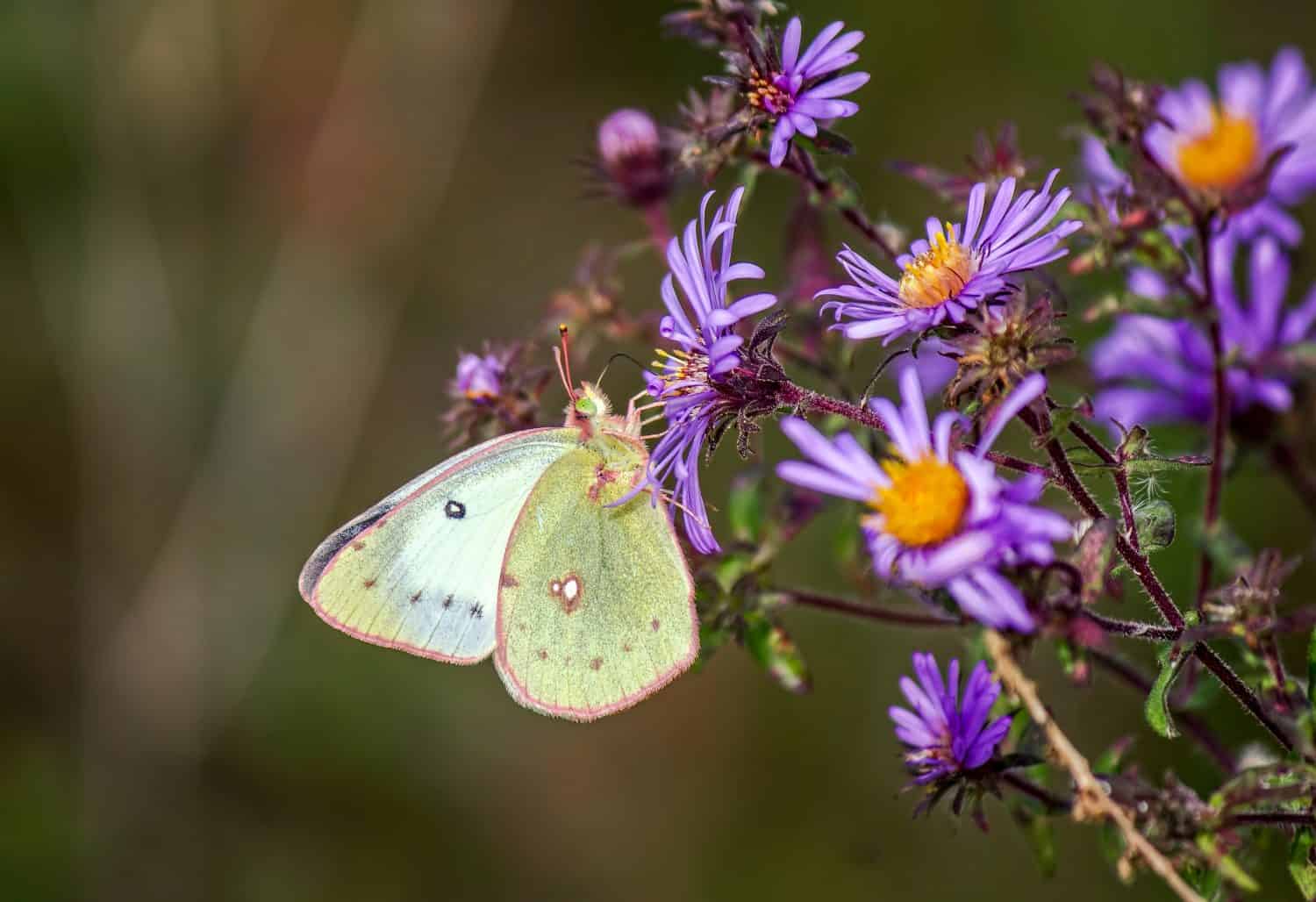
Pink-edged sulphurs lay their eggs on blueberry plants during the summer.
©Fiona M. Donnelly/Shutterstock.com
Maine also named the pink-edged sulphur (Colias interior) as its official state butterfly in 2023.
Maryland: Baltimore Checkerspot (State Insect)
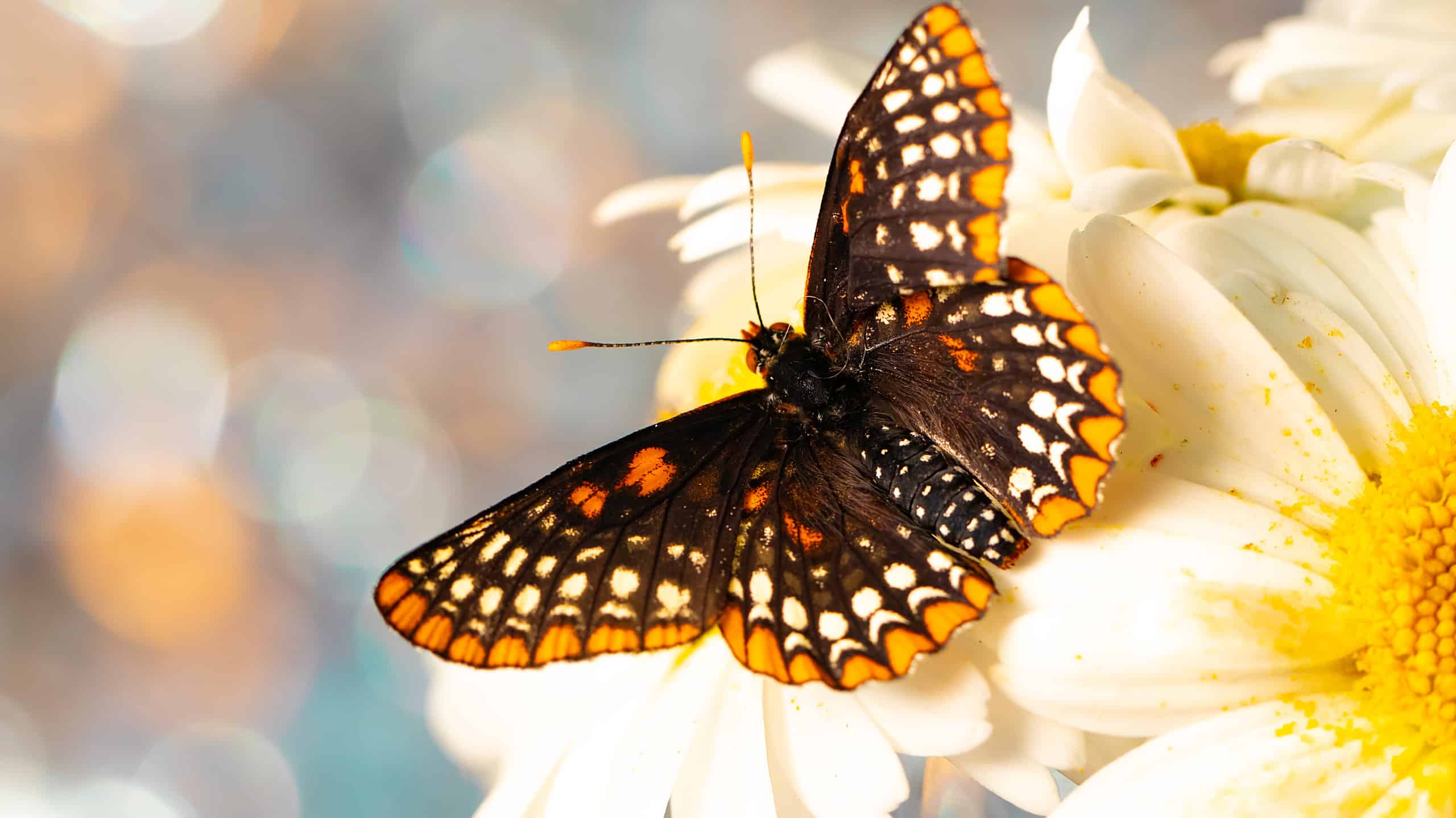
The Baltimore checkerspot is currently listed on Maryland’s Rare, Threatened, and Endangered (RTE) list.
©Ginger Wang/Shutterstock.com
Maryland named the Baltimore checkerspot (Euphydryas phaeton) as its official state insect in 1973.
Massachusetts: Ladybug (State Insect)

There are over 6,000 known species of ladybugs around the world.
©Ger Bosma Photos/Shutterstock.com
Massachusetts named the ladybug (Family Coccinellidae) as its official state insect in 1974.
Minnesota: Monarch Butterfly (State Butterfly)
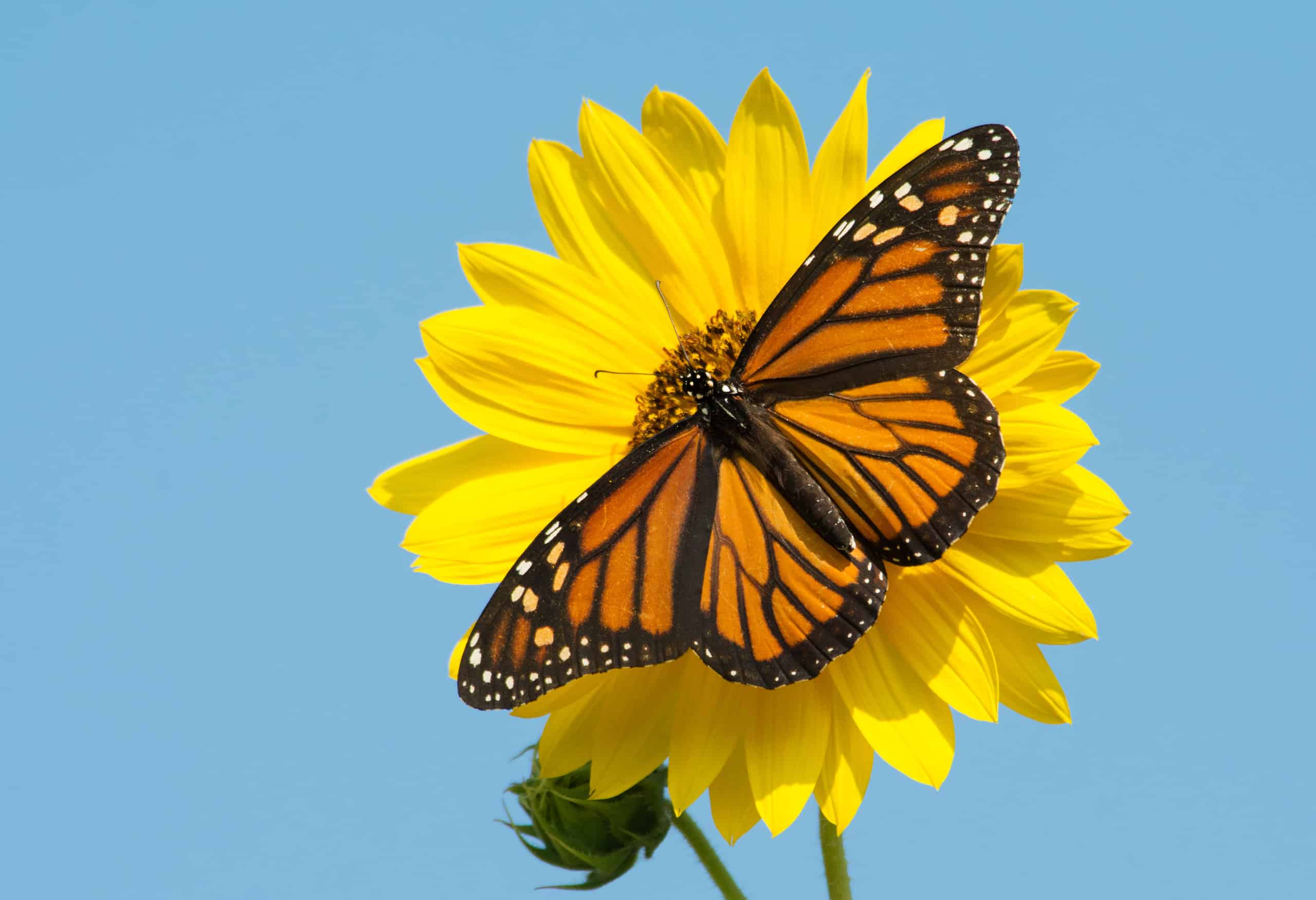
While monarch caterpillars only feed on milkweed, adults drink nectar from a variety of flowers.
©Sari ONeal/Shutterstock.com
Minnesota named the monarch butterfly (Danaus plexippus) as its official state butterfly in 2000.
Minnesota: Rusty Patched Bumble Bee (State Bee)

The rusty patched bumble bee is listed as Critically Endangered on the IUCN Red List.
©Lisa Herlick/iStock via Getty Images
Minnesota also named the rusty patched bumble bee (Bombus affinis) as its official state bee in 2019.
Mississippi: European Honey Bee (State Insect)
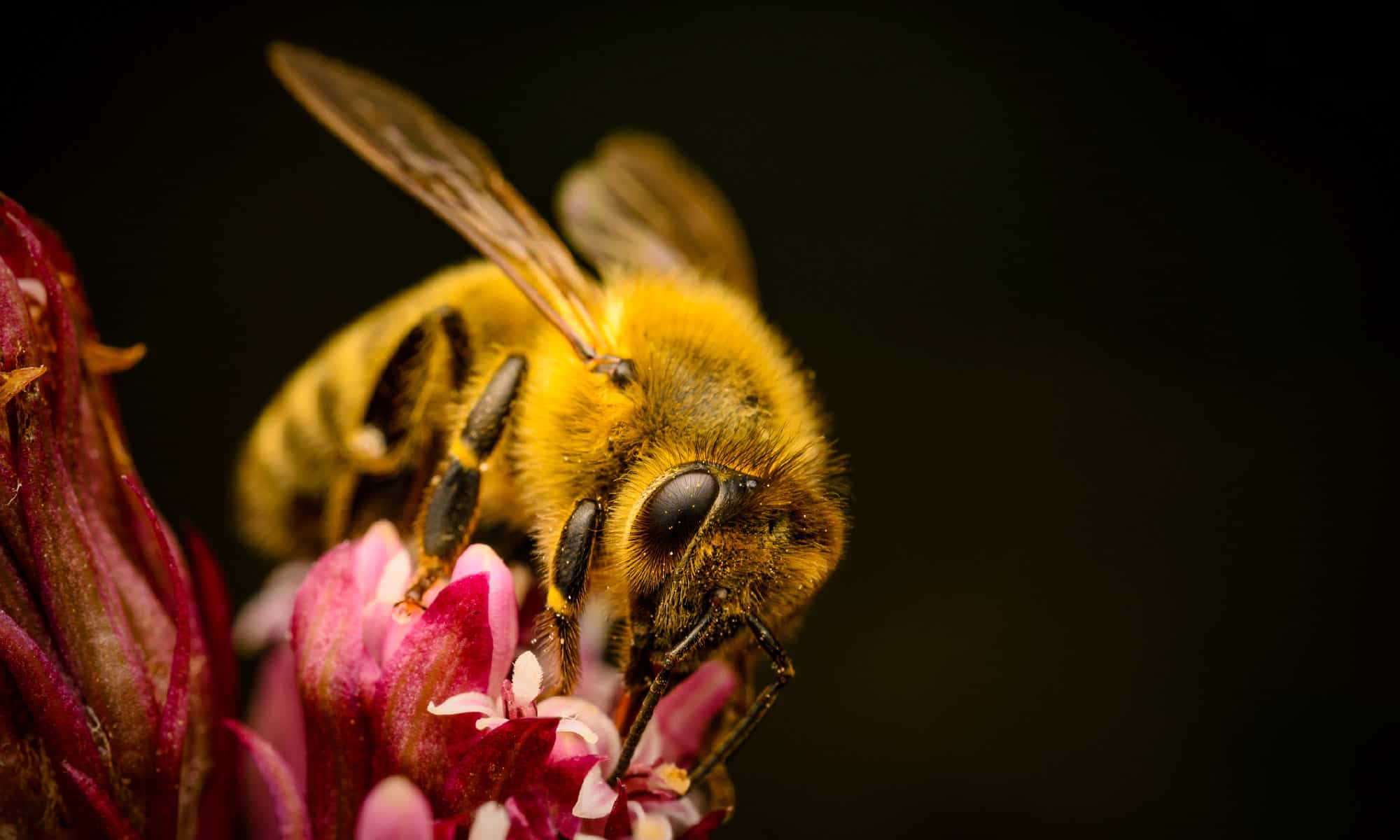
A single European honey bee colony can have tens of thousands of adults.
©iStock.com/Jan Rozehnal
Mississippi named the European honey bee (Apis mellifera) as its official state insect in 1980.
Mississippi: Spicebush Swallowtail (State Butterfly)
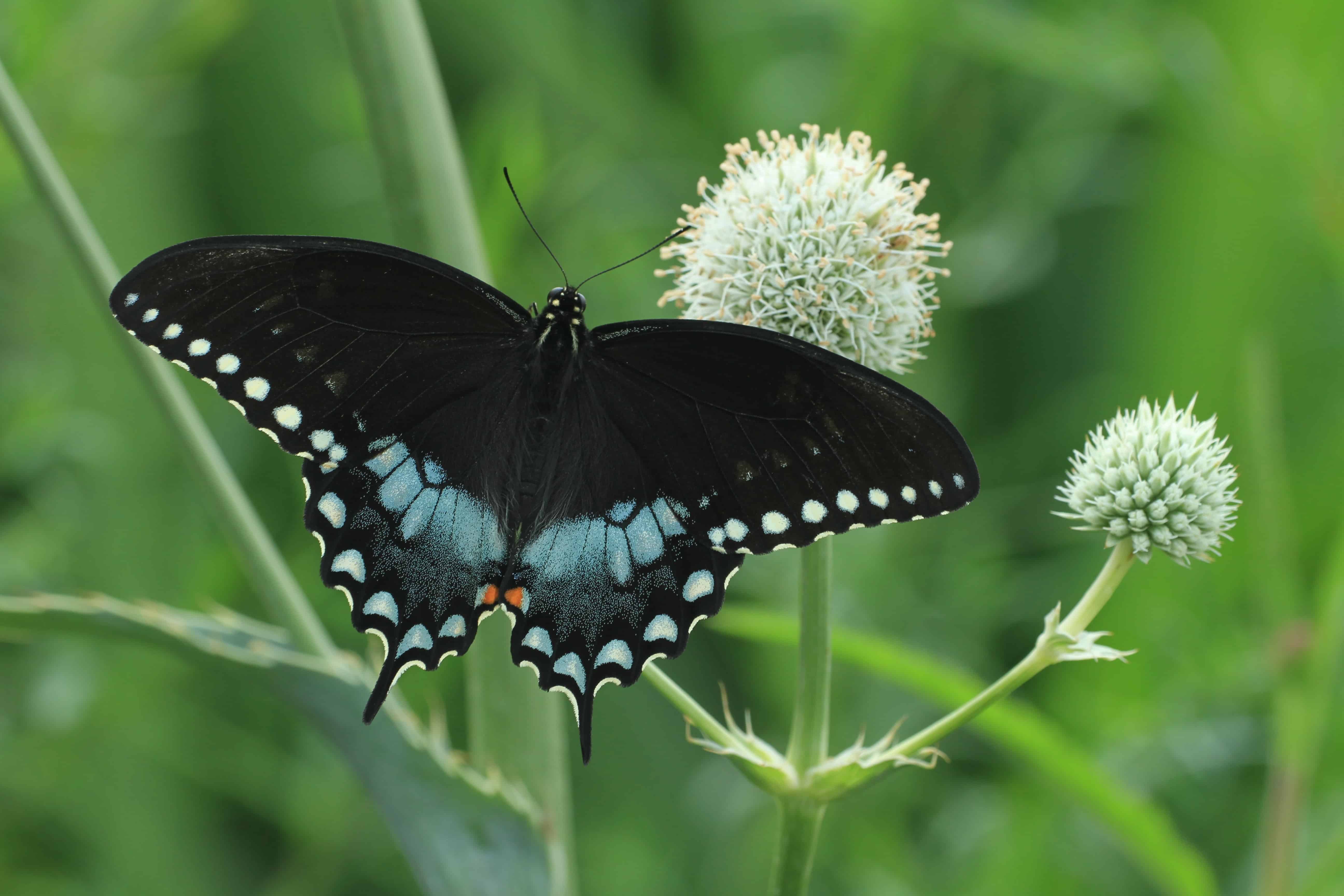
The spicebush swallowtail can be found throughout the eastern half of the United States.
©Kevin Collison/Shutterstock.com
Mississippi also named the spicebush swallowtail (Papilio troilus) as its official state butterfly in 1991.
Missouri: European Honey Bee (State Insect)

The European honey bee is also known as the Western honey bee.
©Andreas Trepte, CC BY-SA 2.5 - License
Missouri named the European honey bee (Apis mellifera) as its official state insect in 1985.
Montana: Mourning Cloak (State Butterfly)

The mourning cloak is widely distributed across the Northern Hemisphere.
©Marek R. Swadzba/Shutterstock.com
Montana named the mourning cloak (Nymphalis antiopa) as its official state butterfly in 2001.
Nebraska: European Honey Bee (State Insect)

The European honey bee’s scientific name
Apis melliferameans “honey-bearing bee.”
©Andreas Trepte, CC BY-SA 2.5 - License
Nebraska named the European honey bee (Apis mellifera) as its official state insect in 1975.
Nevada: Vivid Dancer (State Insect)
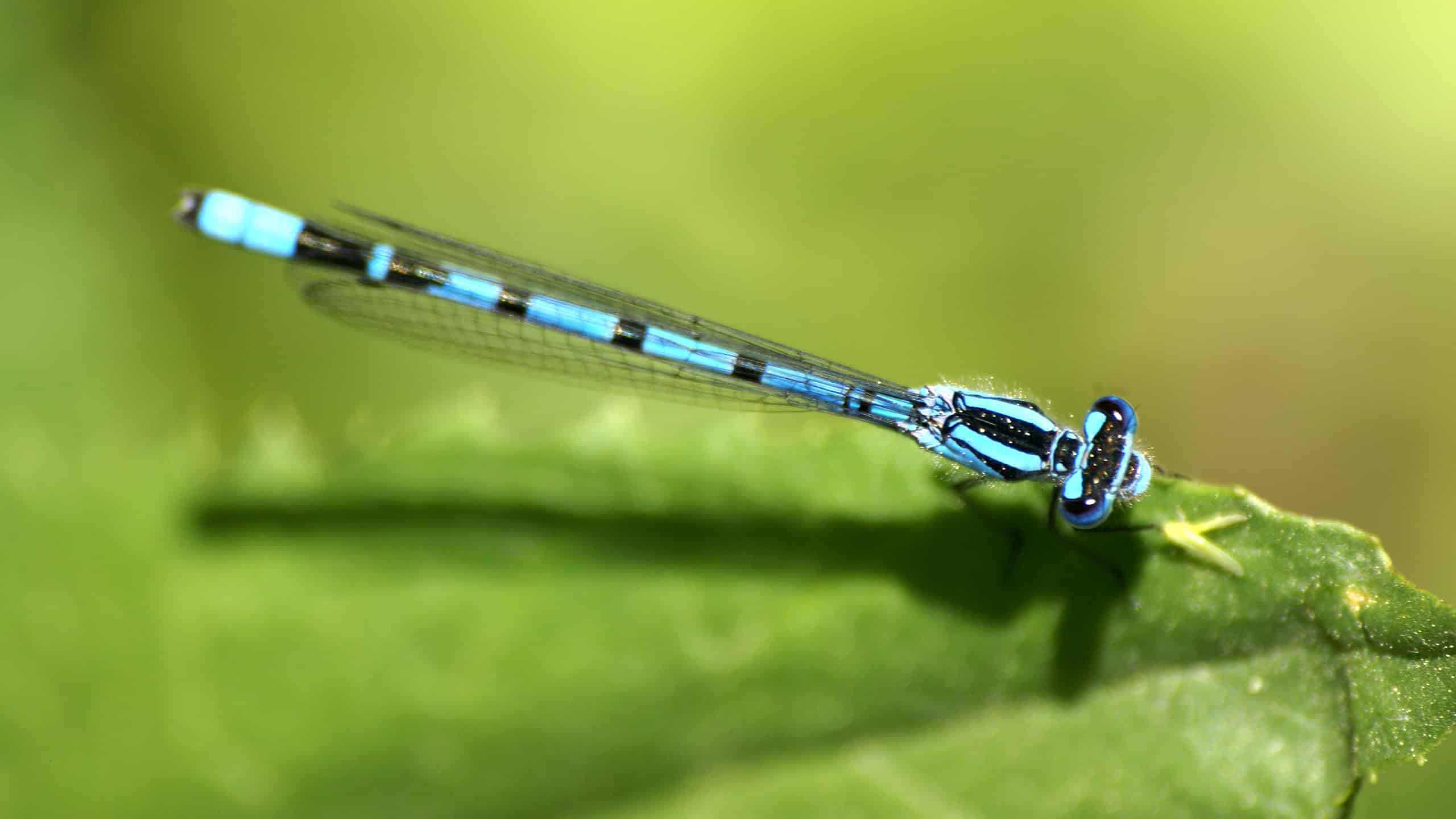
The vivid dancer is a species of damselfly.
©Gurcharan Singh/Shutterstock.com
Nevada named the vivid dancer (Argia vivida) as its official state insect in 2009.
New Hampshire: Seven-Spotted Ladybug (State Insect)

Adult seven-spotted ladybugs overwinter in leaf litter as well as under bark and rocks.
©Protasov AN/Shutterstock.com
New Hampshire named the seven-spotted ladybug (Coccinella septempunctata) as its official state insect in 1977.
New Hampshire: Karner Blue (State Butterfly)
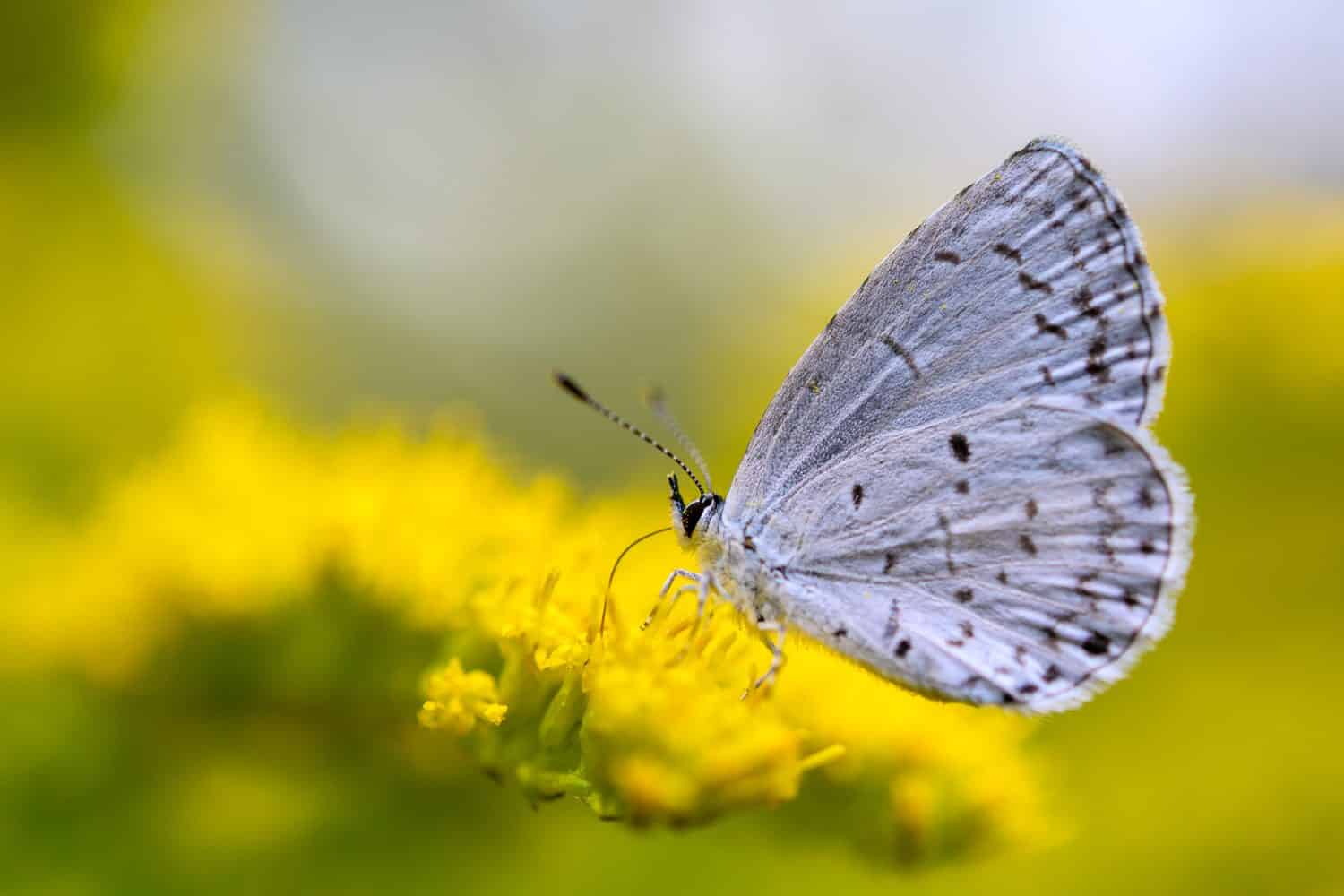
The karner blue is a critically imperiled butterfly that is listed as an endangered species in the U.S.
©Conrad Barrington/Shutterstock.com
New Hampshire also named the karner blue butterfly (Plebejus samuelis) as its official state butterfly in 1992.
New Jersey: European Honey Bee (State Bug)

Male honey bees are known as drones.
©Andreas Trepte, CC BY-SA 2.5 - License
New Jersey named the European honey bee (Apis mellifera) as its official state bug in 1974.
New Jersey: Black Swallowtail (State Butterfly)
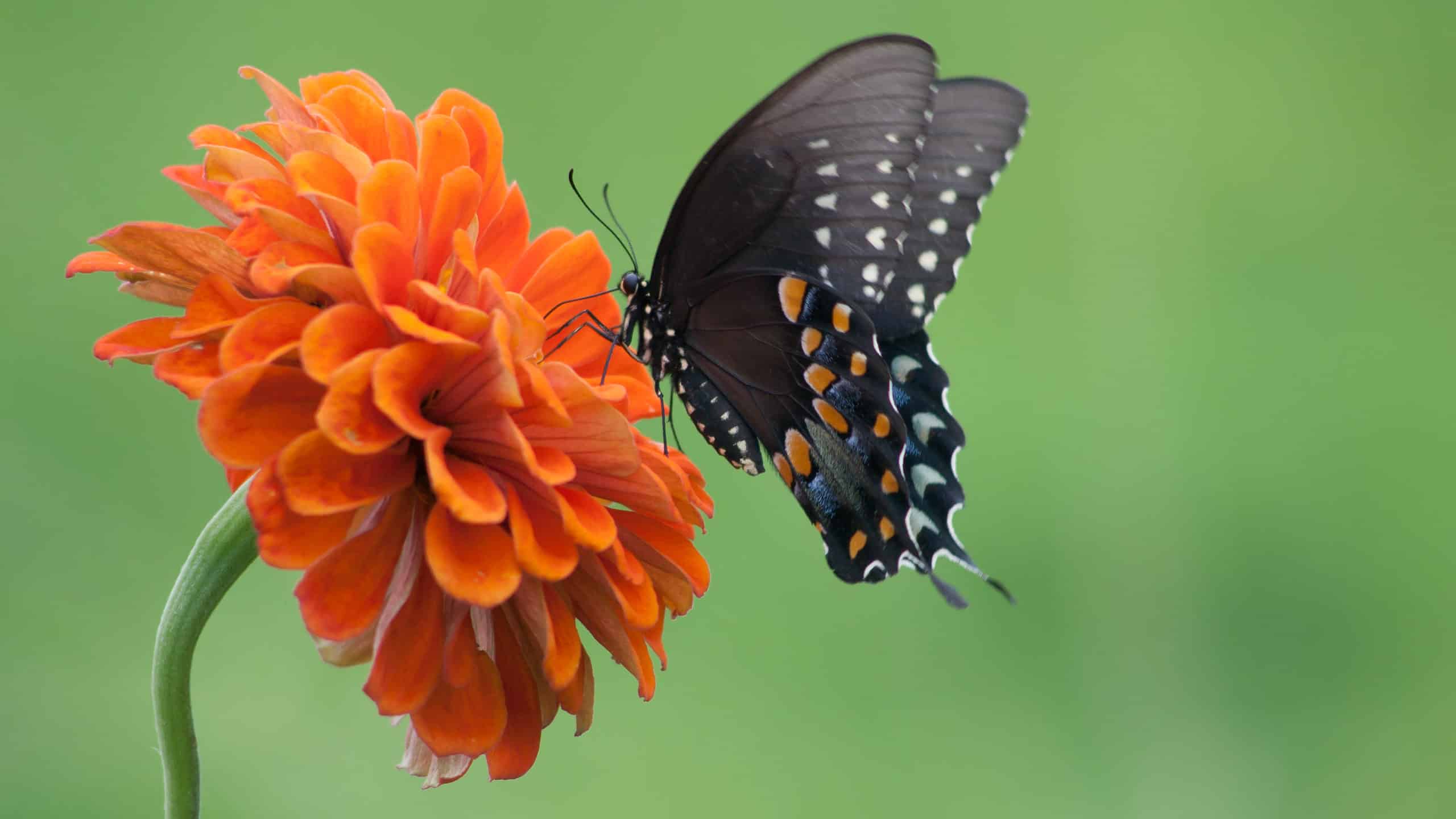
Black swallowtail caterpillars feed on a variety of plants from the carrot family (Apiaceae).
©sclements/Shutterstock.com
New Jersey also named the black swallowtail (Papilio polyxenes) as its official state butterfly in 2014.
New Mexico: Tarantula Hawk Wasp
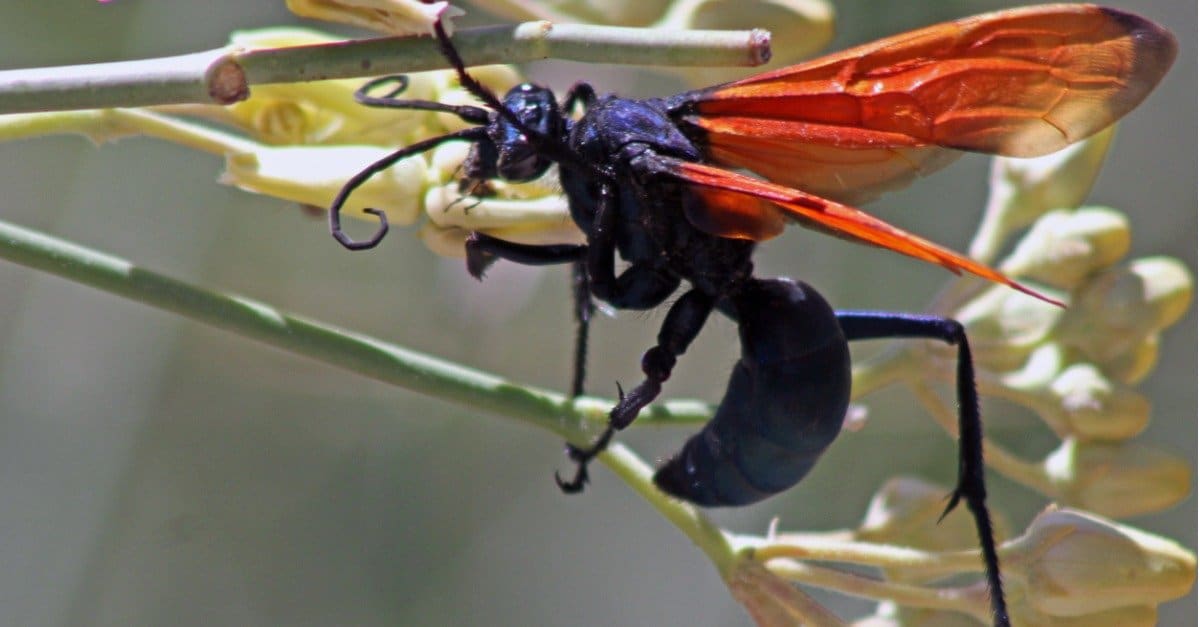
The sting of the
tarantula hawk
wasp is ranked as the second most painful sting known, after the bullet ant.
©iStock.com/Rainbohm
New Mexico named the tarantula hawk wasp (Pepsis grossa) as its official state insect in 1989.
New Mexico: Sandia Hairstreak (State Butterfly)
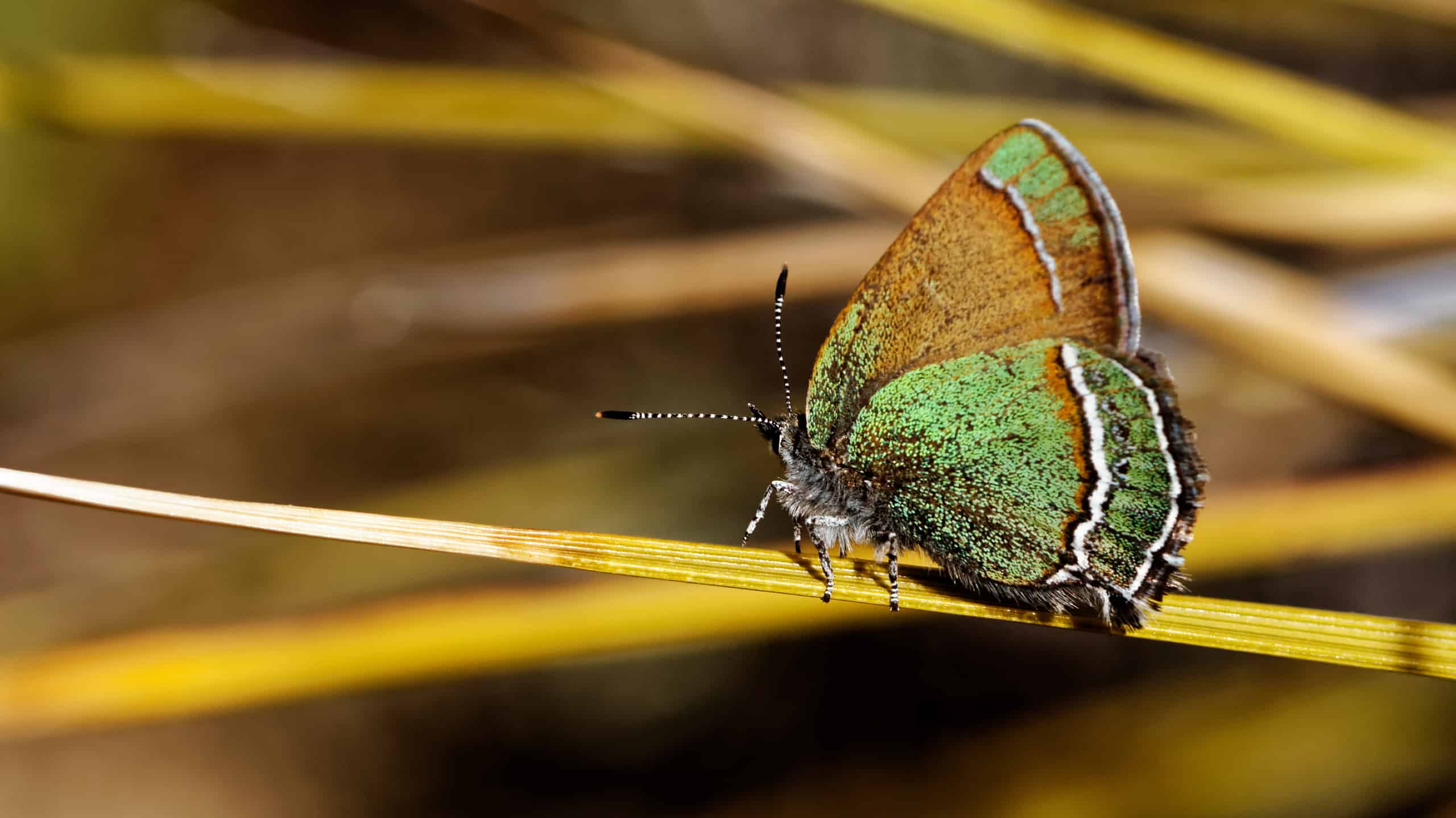
The Sandia hairstreak is native to the Southwestern United States and northeastern Mexico.
©D. Longenbaugh/Shutterstock.com
New Mexico also named the Sandia hairstreak (Callophrys mcfarlandi) as its official state butterfly in 2003.
New York: Nine-Spotted Ladybug (State Insect)
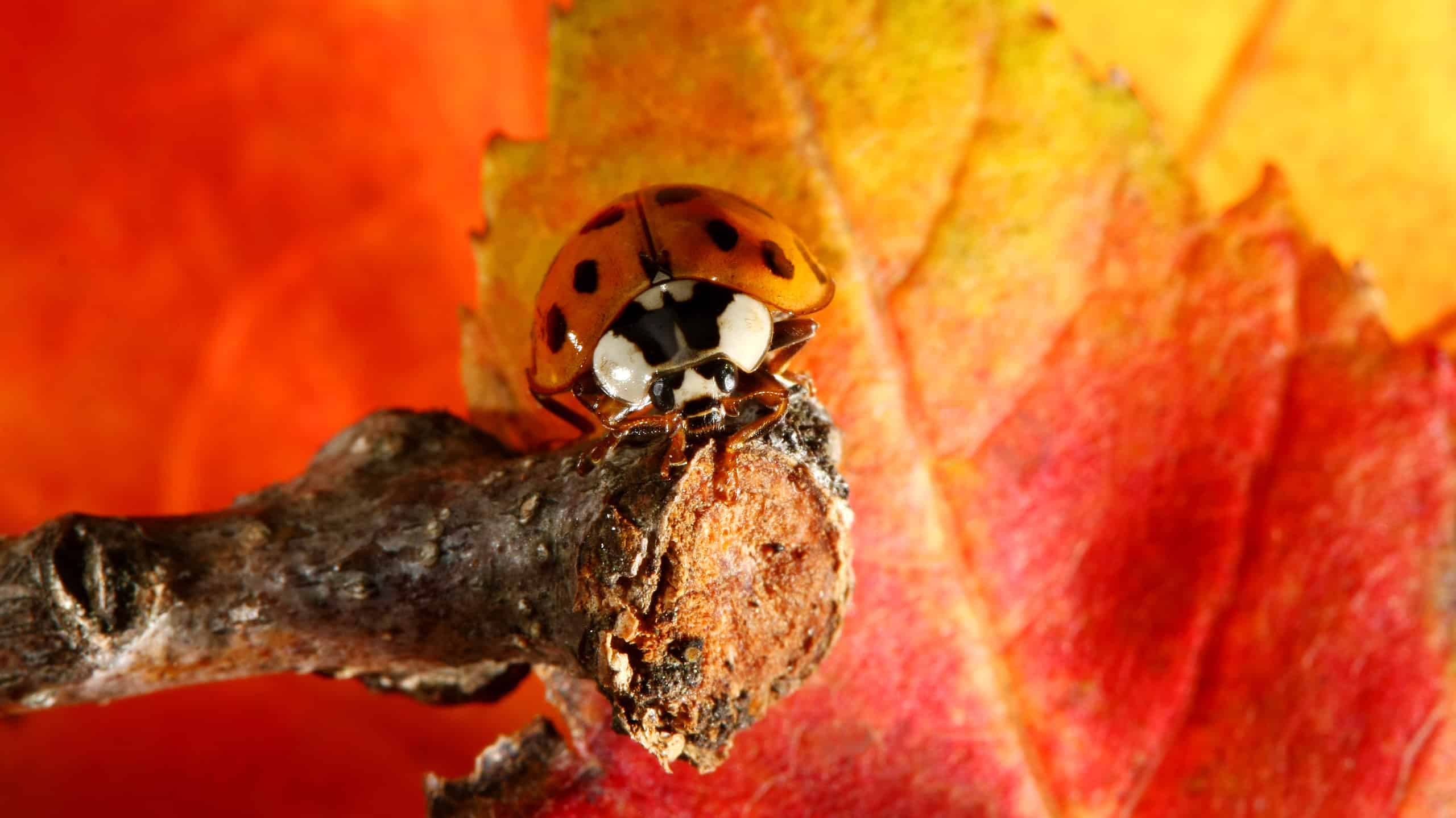
The nine-spotted ladybug has now unfortunately disappeared from most of its historic range in New York, with only a single small population on Long Island recorded as of 2011.
©Steve Bower/Shutterstock.com
New York named the nine-spotted ladybug (Coccinella novemnotata) as its official state insect in 1989.
North Carolina: European Honey Bee (State Insect)

Thanks to human introductions, we can now find European honey bees on every continent except Antarctica.
©Andreas Trepte, CC BY-SA 2.5 - License
North Carolina named the European honey bee (Apis mellifera) as its official state insect in 1973.
North Carolina: Eastern Tiger Swallowtail (State Butterfly)

Tiger swallowtails get their name from the striped pattern on their wings.
©Kevin Collison/Shutterstock.com
North Carolina also named the eastern tiger swallowtail (Papilio glaucus) as its official state butterfly in 2012.
North Dakota: Convergent Lady Beetle (State Insect)
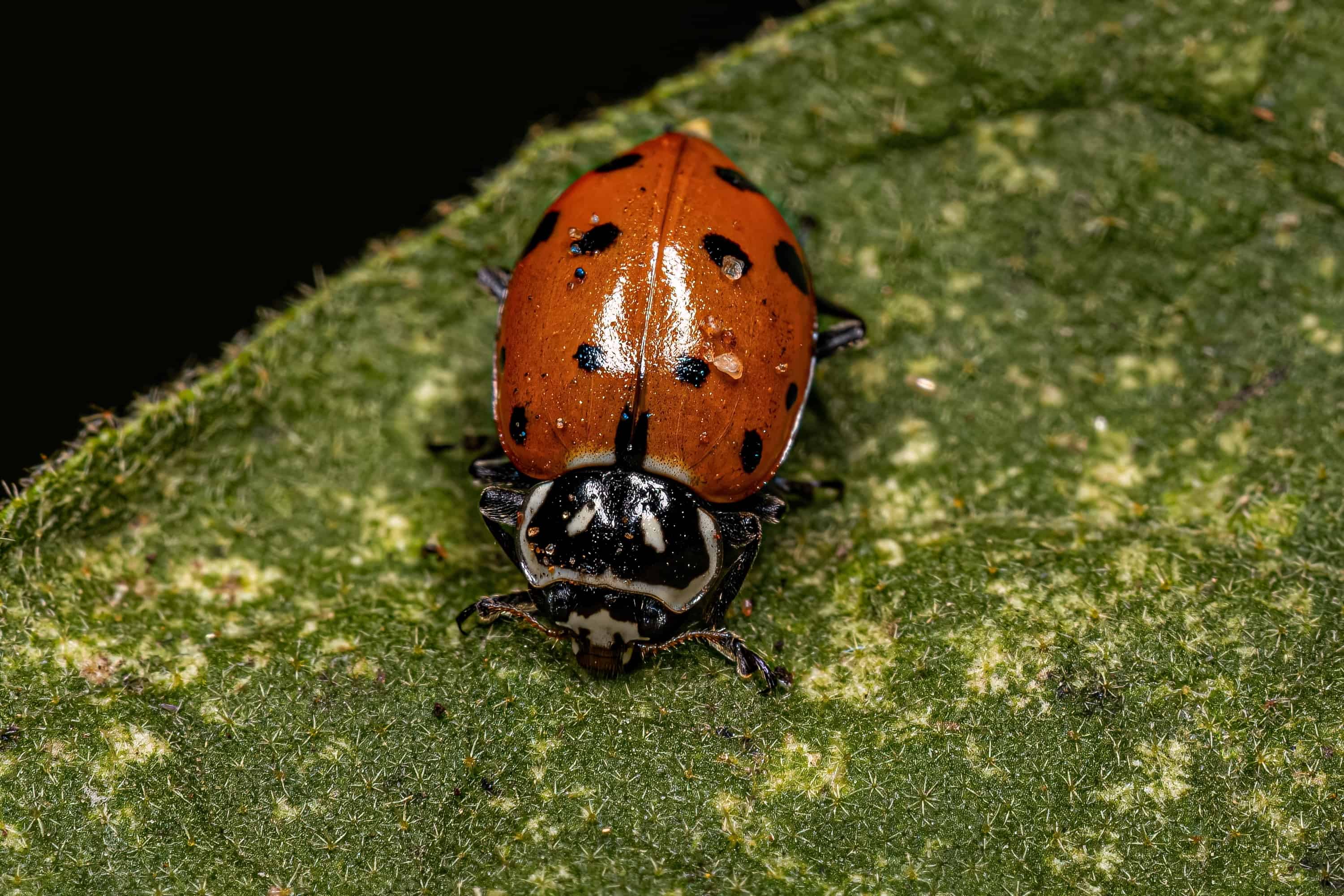
The convergent lady beetle provides natural pest control services as it feeds on aphids.
©Vinicius R. Souza/Shutterstock.com
North Dakota named the convergent lady beetle (Hippodamia convergens) as its official state insect in 2011.
Ohio: Ladybug (State Insect)

Ladybugs are also known as lady beetles, ladybirds, and ladybird beetles.
©Ger Bosma Photos/Shutterstock.com
Ohio named the ladybug (Family Coccinellidae) as its official state insect in 1975.
Oklahoma: European Honey Bee (State Insect)

While European honey bees are eusocial insects that live in colonies, over 90% of bee species are solitary.
©Andreas Trepte, CC BY-SA 2.5 - License
Oklahoma named the European honey bee (Apis mellifera) as its official state insect in 1992.
Oklahoma: Black Swallowtail (State Butterfly)

Black swallowtail chrysalises may be either green or brown.
©Josef Stemeseder/Shutterstock.com
Oklahoma also named the black swallowtail (Papilio polyxenes) as its official state butterfly in 1996.
Oregon: Oregon Swallowtail (State Insect)
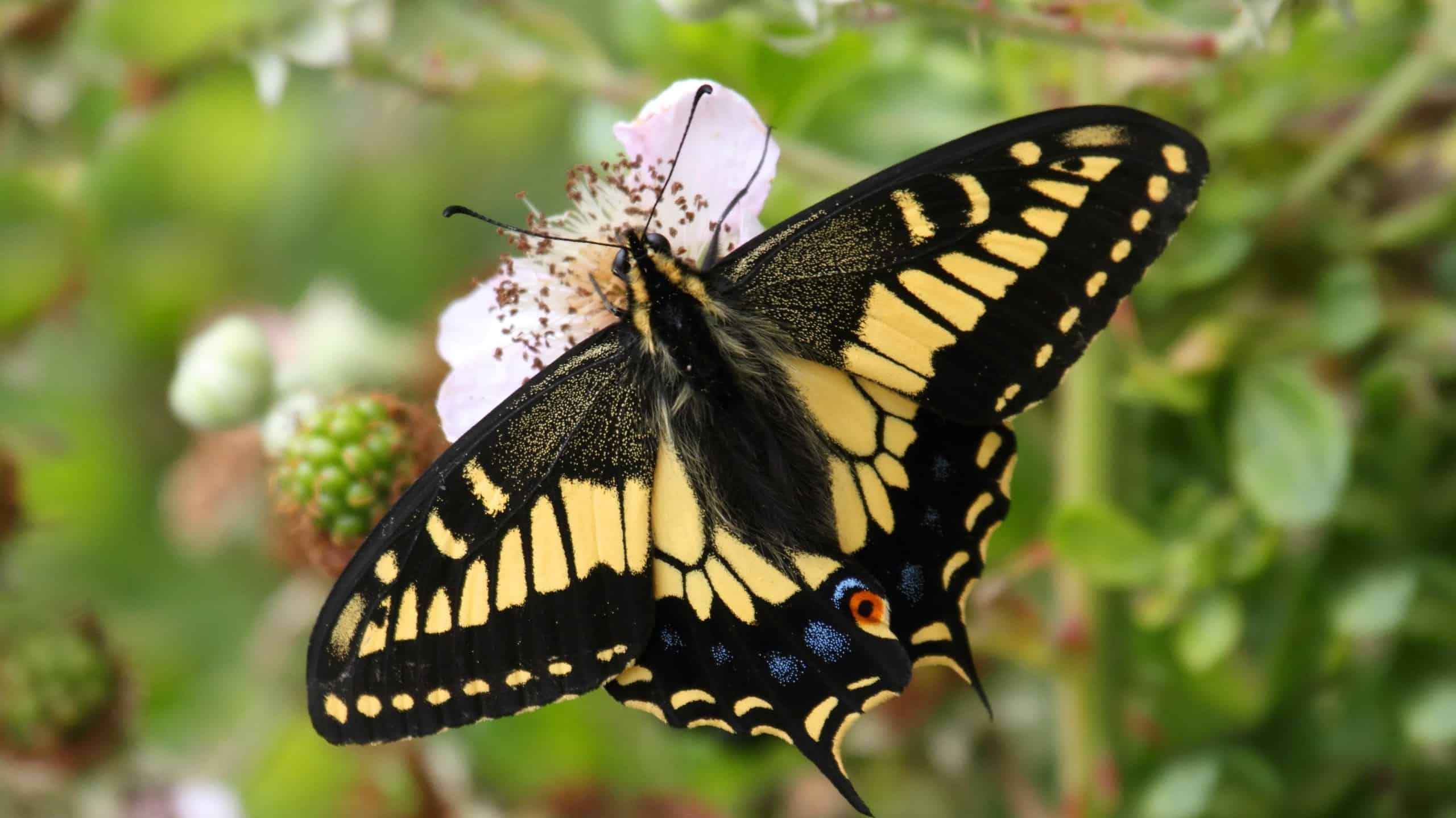
The Oregon swallowtail can be seen in flight from April through September.
©Steve Byland/Shutterstock.com
Oregon named the Oregon swallowtail (Papilio oregonius) as its official state insect in 1979.
Pennsylvania: Pennsylvania Firefly (State Insect)
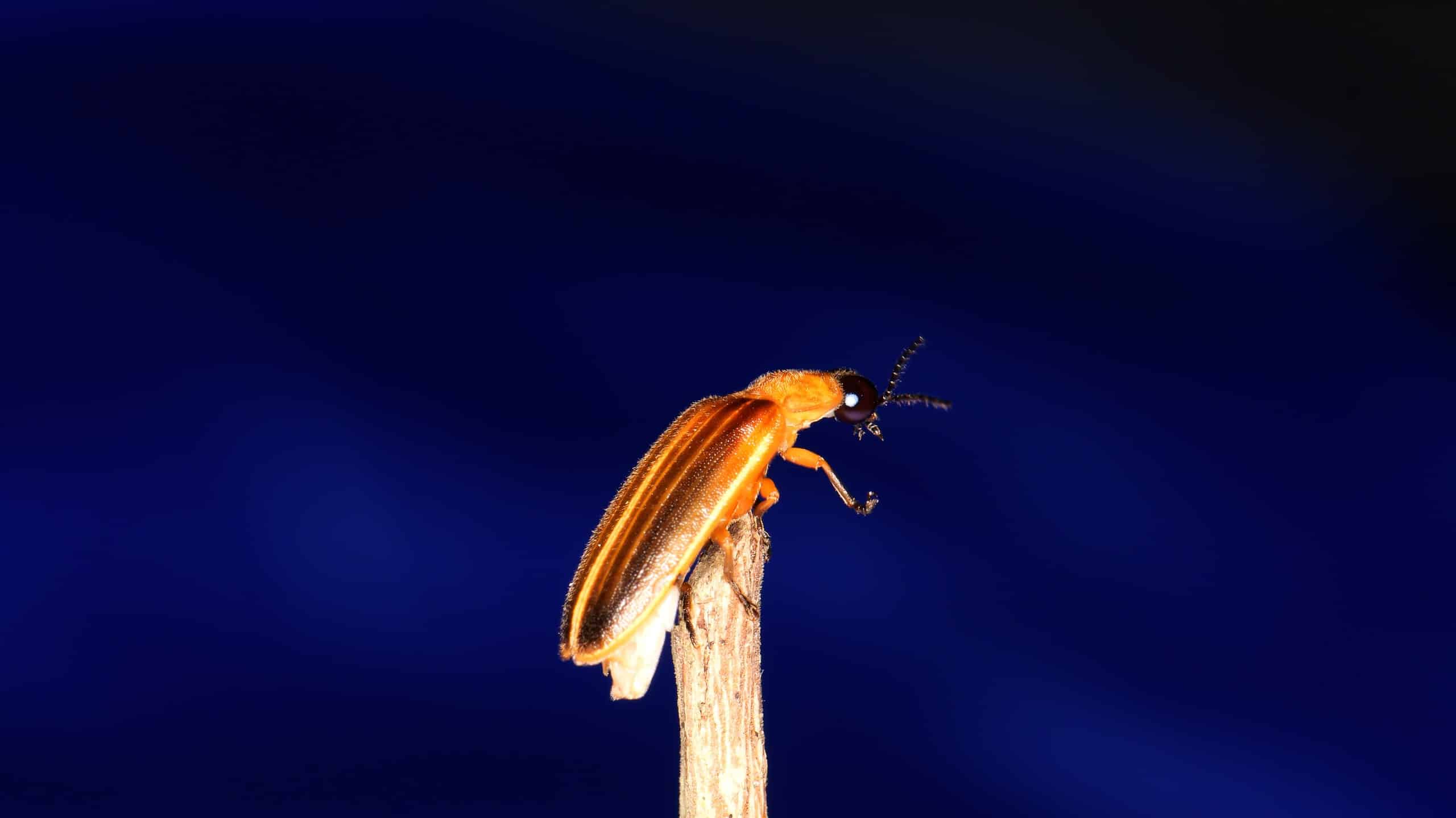
The Pennsylvania firefly is listed as Vulnerable on the IUCN Red List.
©glebantiy/Shutterstock.com
Pennsylvania named the Pennsylvania firefly (Photuris pennsylvanica) as its official state insect in 1974.
Rhode Island: American Burying Beetle

The American burying beetle is listed as Critically Endangered on the IUCN Red List.
©iStock.com/JasonOndreicka
Rhode Island named the American burying beetle (Nicrophorus americanus) as its official state insect in 2015.
South Carolina: Carolina Mantis
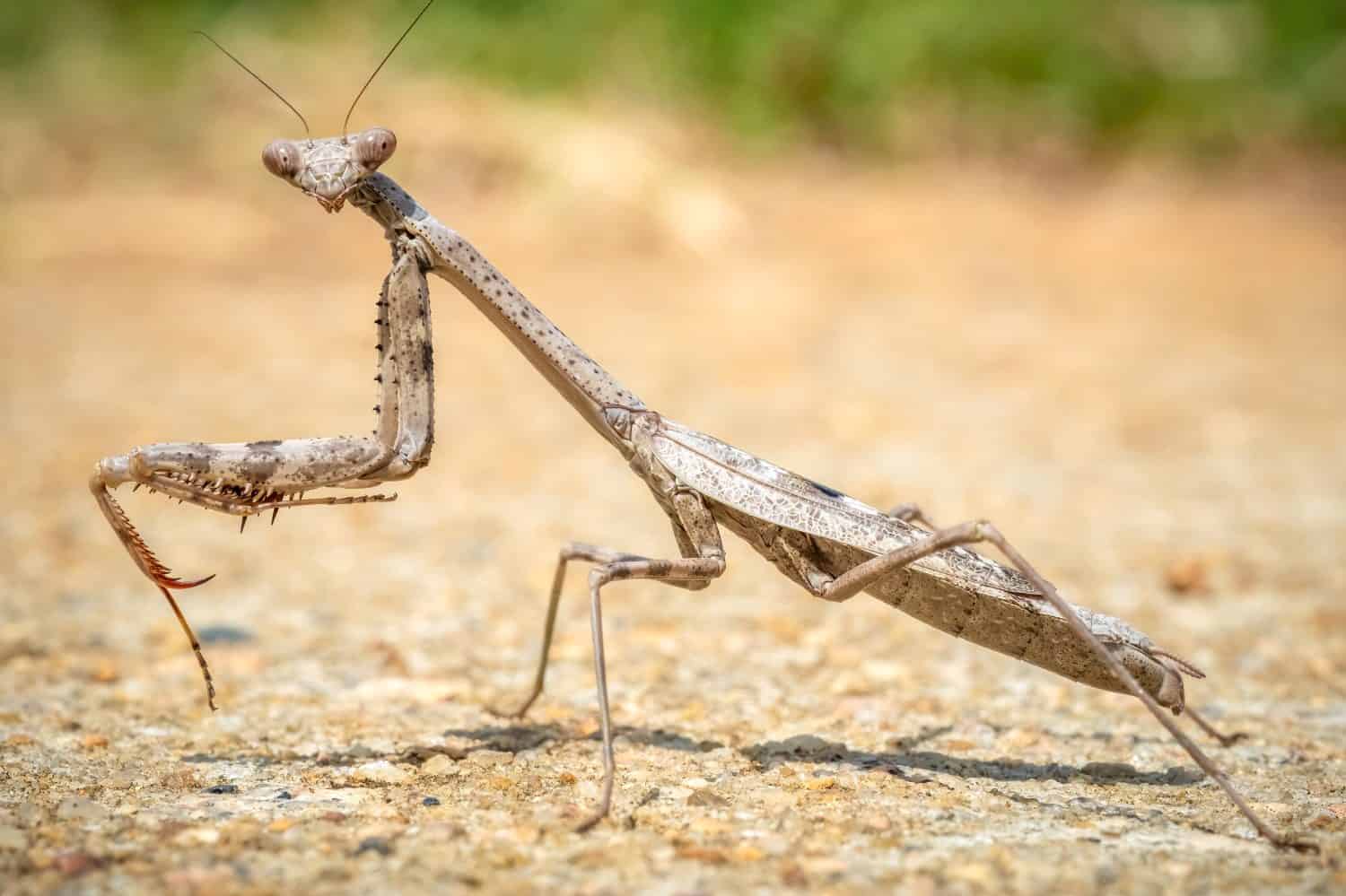
The Carolina mantis is native to the Americas and can be found as far south as Brazil.
©samray/Shutterstock.com
South Carolina named the Carolina mantis (Stagmomantis carolina) as its official state insect in 1988.
South Dakota: European Honey Bee (State Insect)

Honey bees use a special “waggle dance” to communicate information about both the location and distance to food and water sources.
©Andreas Trepte, CC BY-SA 2.5 - License
South Dakota named the European honey bee (Apis mellifera) its official state insect in 1978.
Tennesee: Firefly (State Insect)
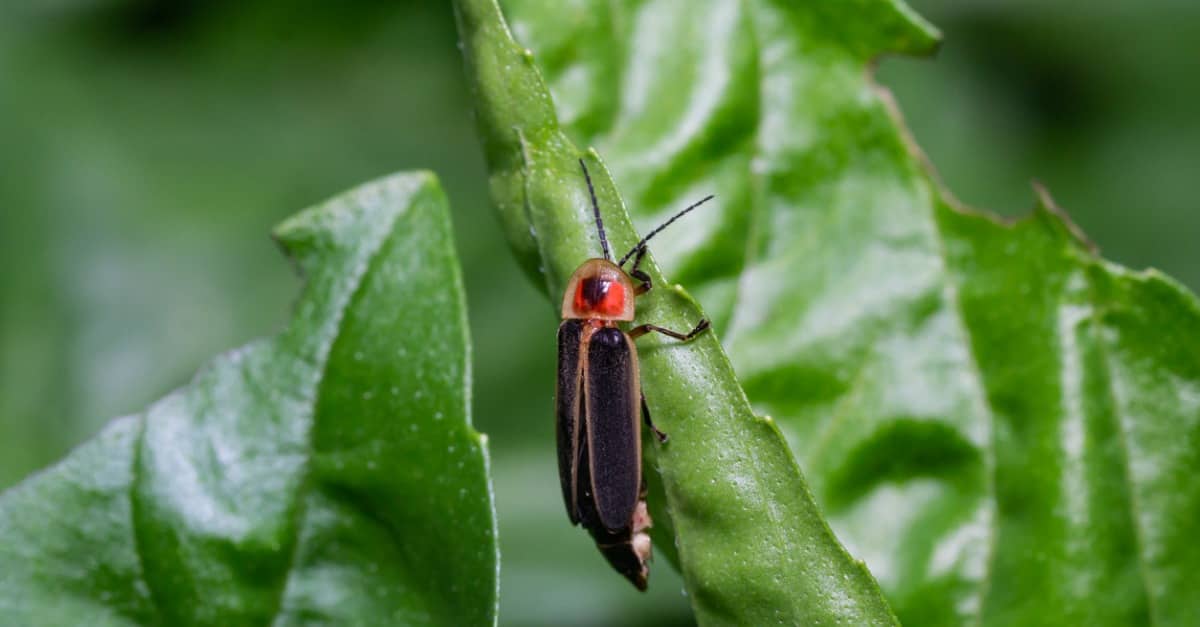
In Tennessee, the most common firefly species is the common eastern firefly (Photinus pyralis), also known as the big dipper firefly.
©iStock.com/ErikAgar
Tennessee named the firefly (Family Lampyridae) as one of its two official state insects in 1975.
Tennessee: Seven-Spotted Ladybug (State Insect)

When threatened, a seven-spotted ladybug may either play dead or secrete a foul fluid.
©Protasov AN/Shutterstock.com
Tennessee named the seven-spotted ladybug (Coccinella septempunctata) as one of its two official state insects in 1975.
Tennessee: European Honey Bee (State Agricultural Insect)

A worker bee’s job in the honey bee colony changes as it grows older.
©Andreas Trepte, CC BY-SA 2.5 - License
Tennessee also named the European honey bee (Apis mellifera) as its official state agricultural insect in 1990.
Tennessee: Zebra Swallowtail (State Butterfly)
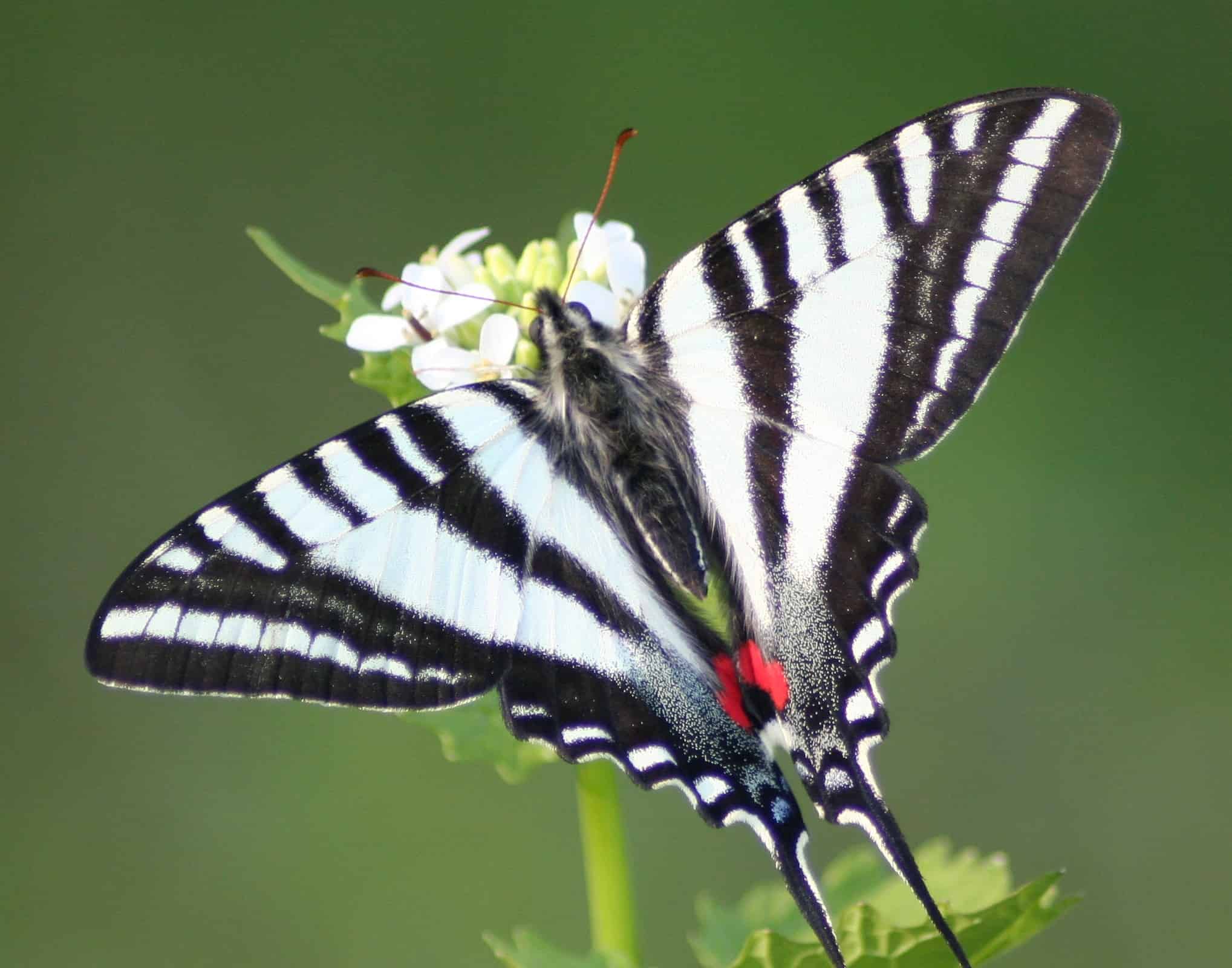
The zebra swallowtail is named for the bold black and white striped pattern on its wings.
©Megan McCarty, CC BY 3.0 - License
Tennessee also named the zebra swallowtail (Eurytides marcellus) as its official state butterfly in 1995.
Texas: Monarch Butterfly (Insect)

The Lone Star State is one of the first states to see monarch butterflies in the spring as they return from their overwintering grounds in central Mexico.
©iStock.com/CathyKeifer
Texas named the monarch butterfly (Danaus plexippus) as its official state insect in 1995.
Utah: European Honey Bee (State Insect)

A queen honey bee may lay between 1500 – 3000 eggs in a single day.
©Andreas Trepte, CC BY-SA 2.5 - License
Utah named the European Honey Bee (Apis mellifera) as its official state insect in 1983.
Vermont: European Honey Bee (State Insect)

The flavor of the honey produced by honey bees is dependent on the types of flowers they feed on.
©Andreas Trepte, CC BY-SA 2.5 - License
Vermont named the European Honey Bee (Apis mellifera) as its official state insect in 1978.
Vermont: Monarch Butterfly (State Butterfly)

The monarch butterfly is an imperiled species currently listed as Endangered on the IUCN Red List.
©iStock.com/CathyKeifer
Vermont also named the monarch butterfly (Danaus plexippus) as its official state butterfly in 1987.
Virginia: Eastern Tiger Swallowtail (State Insect)

The eastern tiger swallowtail is an official insect symbol of six different states.
©Kevin Collison/Shutterstock.com
Virginia named the eastern tiger swallowtail (Papilio glaucus) as its official state insect in 1991.
Washington: Green Darner (State Insect)
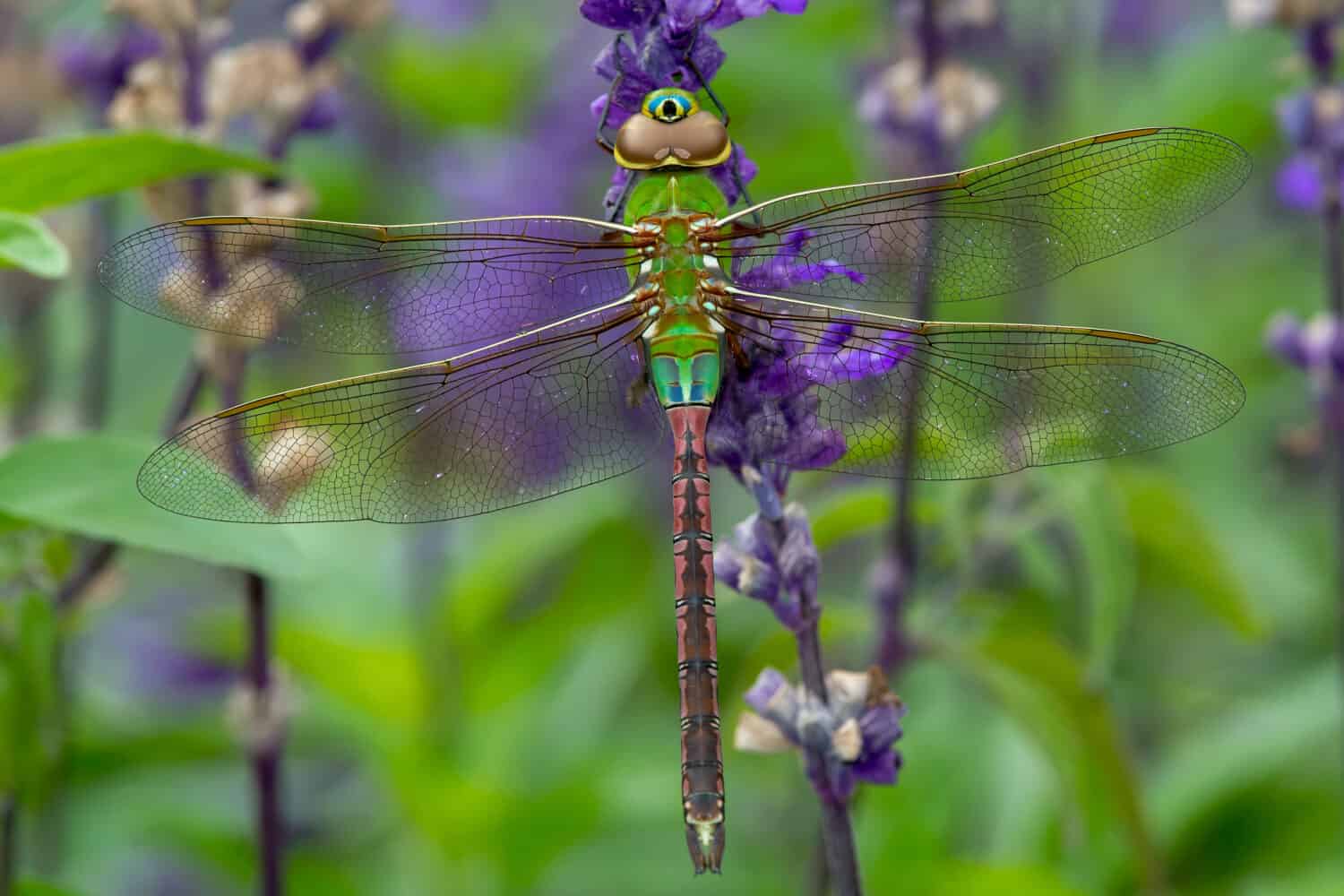
The green darner is one of the world’s largest living dragonflies, growing up to 76 mm (3.0 in) long with a wingspan of up to 80 mm (3.1 in).
©Paul Reeves Photography/Shutterstock.com
Washington named the green darner (Anax junius) as its official state insect in 1997.
West Virginia: European Honey Bee (State Insect)

Only a larva that is fed a special “royal jelly” will develop into a queen honey bee.
©Andreas Trepte, CC BY-SA 2.5 - License
West Virginia named the European Honey Bee (Apis mellifera) as its official state insect in 2002.
West Virginia: Monarch Butterfly (State Butterfly)

The monarch butterfly’s eastern population engages in a multi-generational annual migration cycle to and from its overwintering grounds in Mexico.
©iStock.com/CathyKeifer
West Virginia also named the monarch butterfly (Danaus plexippus) as its official state butterfly in 1995.
Wisconsin: European Honey Bee (State Insect)
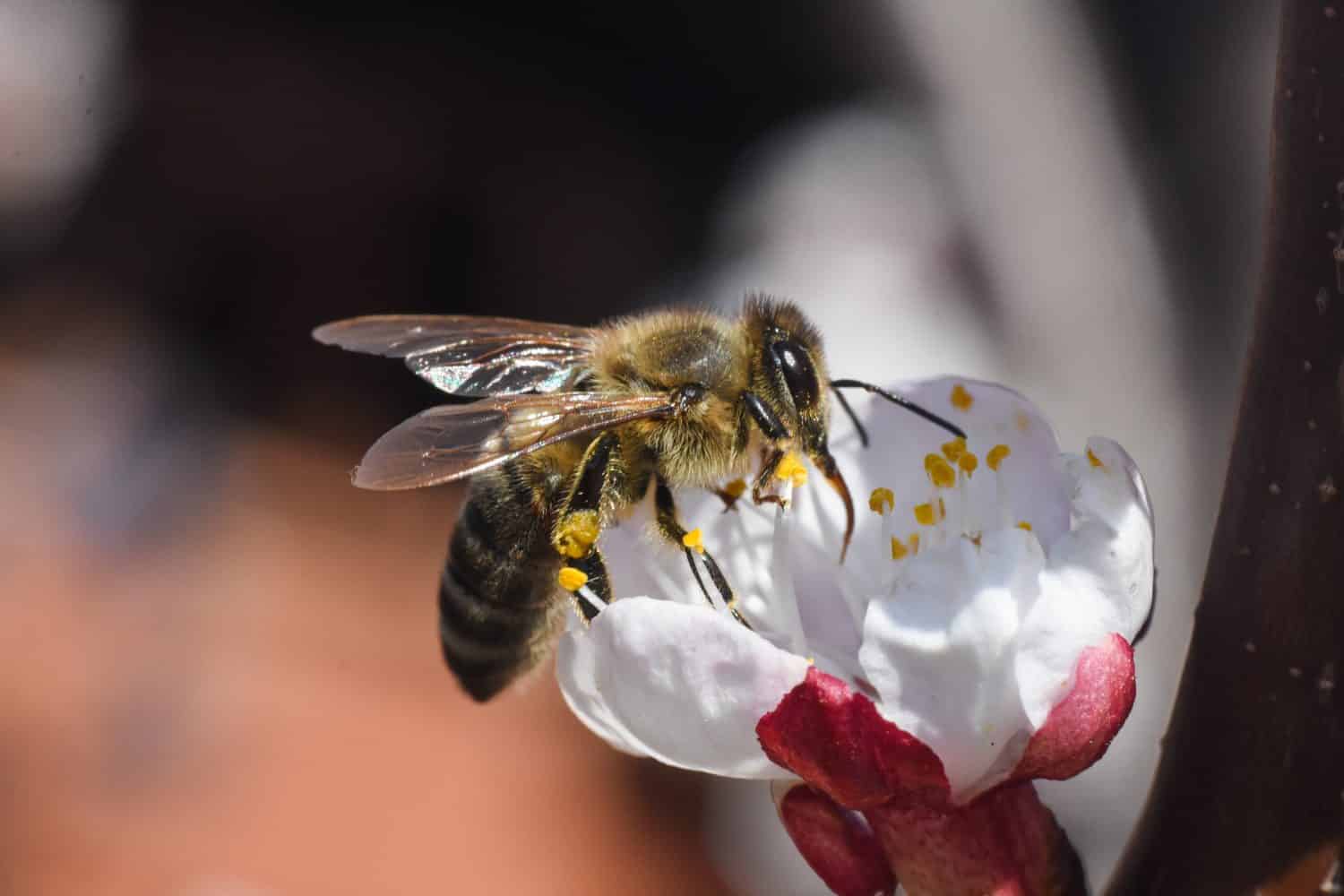
The Ancient Egyptians may have been among the first humans to domesticate honey bees.
©Ivan Marjanovic/Shutterstock.com
Wisconsin named the European honey bee (Apis mellifera) as its official state insect in 1977.
Wyoming: Sheridan’s Green Hairstreak (State Insect)

Sheridan’s green hairstreak caterpillars feed on wild buckwheat.
©Taxomony/Shutterstock.com
Wyoming named Sheridan’s green hairstreak (Callophrys sheridanii) as its official state insect in 2009.
Summary of the Complete List of Every Official US State Insect Symbol (With Pictures!)
| State | Insect | Symbol | Year Designated |
|---|---|---|---|
| Alabama | monarch butterfly (Danaus plexippus) | state insect | 1989 |
| queen European honey bee (Apis mellifera) | state agricultural insect | 2005 | |
eastern tiger swallowtail (Papilio glaucus) | state butterfly and mascot | 1989 | |
| Alaska | four-spotted skimmer (Libellula quadrimaculata) | state insect | 1995 |
| Arizona | two-tailed swallowtail (Papilio multicaudata) | state insect | 2001 |
| Arkansas | European honey bee (Apis mellifera) | state insect | 1973 |
| Diana fritillary (Speyeria diana) | state butterfly | 2007 | |
| California | California dogface butterfly (Zerene eurydice) | state butterfly | 1972 |
| Colorado | Colorado hairstreak (Hypaurotis crysalus) | state insect | 1996 |
| Connecticut | European mantis (Mantis religiosa) | state insect | 1977 |
| Delaware | seven-spotted ladybug (Coccinella septempunctata) | state bug | 1974 |
eastern tiger swallowtail (Papilio glaucus) | state butterfly | 1999 | |
| stonefly (Order Plecoptera) | state macroinvertebrate | 2005 | |
| Florida | zebra longwing (Heliconius charitonius) | state butterfly | 1996 |
| Georgia | European honey bee (Apis mellifera) | state insect | 1975 |
| eastern tiger swallowtail (Papilio glaucus) | state butterfly | 1988 | |
| Hawaii | Kamehameha butterfly (Vanessa tameamea) | state insect | 2009 |
| Idaho | monarch butterfly (Danaus plexippus) | state insect | 1992 |
| Illinois | monarch butterfly (Danaus plexippus) | state insect | 1975 |
| Indiana | Say’s firefly (Pyractomena angulata) | state insect | 2018 |
| Kansas | European honey bee (Apis mellifera) | state insect | 1976 |
| Kentucky | European honey bee (Apis mellifera) | state agricultural insect | 2010 |
| viceroy (Limenitis archippus) | state butterfly | 1990 | |
| Louisiana | European honey bee (Apis mellifera) | state insect | 1977 |
| Gulf fritillary (Dione vanillae) | state butterfly | 2022 | |
| Maine | European honey bee (Apis mellifera) | state insect | 1975 |
| pink-edged Sulphur (Colias interior) | state butterfly | 2023 | |
| Maryland | Baltimore checkerspot (Euphydryas phaeton) | state insect | 1973 |
| Massachusetts | ladybug (Family Coccinellidae) | state insect | 1974 |
| Minnesota | monarch butterfly (Danaus plexippus) | state butterfly | 2000 |
| rusty patched bumblebee (Bombus affinis) | state bee | 2019 | |
| Mississippi | European honey bee (Apis mellifera) | state insect | 1980 |
| spicebush swallowtail (Papilio troilus) | state butterfly | 1991 | |
| Missouri | European honey bee (Apis mellifera) | state insect | 1985 |
| Montana | mourning cloak (Nymphalis antiopa) | state butterfly | 2001 |
| Nebraska | European honey bee (Apis mellifera) | state insect | 1975 |
| Nevada | vivid dancer (Argia vivida) | state insect | 2009 |
| New Hampshire | seven-spotted ladybug (Coccinella septempunctata) | state insect | 1977 |
| karner blue (Plebejus samuelis) | state butterfly | 1992 | |
| New Jersey | European honey bee (Apis mellifera) | state bug | 1974 |
| black swallowtail (Papilio polyxenes) | state butterfly | 2014 | |
| New Mexico | tarantula hawk wasp (Pepsis grossa) | state insect | 1989 |
| Sandia hairstreak (Callophrys mcfarlandi) | state butterfly | 2003 | |
| New York | nine-spotted ladybug (Coccinella novemnotata) | state insect | 1989 |
| North Carolina | European honey bee (Apis mellifera) | state insect | 1973 |
| eastern tiger swallowtail (Papilio glaucus) | state butterfly | 2012 | |
| North Dakota | convergent lady beetle (Hippodamia convergens) | state insect | 2011 |
| Ohio | ladybug (Family Coccinellidae) | state insect | 1975 |
| Oklahoma | European honey bee (Apis mellifera) | state insect | 1992 |
| black swallowtail (Papilio polyxenes) | state butterfly | 1996 | |
| Oregon | Oregon swallowtail (Papilio oregonius) | state insect | 1979 |
| Pennsylvania | Pennsylvania firefly (Photuris pennsylvanica) | state insect | 1974 |
| Rhode Island | American burying beetle (Nicrophorus americanus) | state insect | 2015 |
| South Carolina | Carolina mantis (Stagmomantis carolina) | state insect | 1988 |
| eastern tiger swallowtail (Papilio glaucus) | state butterfly | 1994 | |
| South Dakota | European honey bee (Apis mellifera) | state insect | 1978 |
| Tennessee | firefly (Family Lampyridae) | state insect | 1975 |
| seven-spotted ladybug (Coccinella septempunctata) | state insect | 1975 | |
| European honey bee (Apis mellifera) | state agricultural insect | 1990 | |
| zebra swallowtail (Eurytides marcellus) | state butterfly | 1995 | |
| Texas | monarch butterfly (Danaus plexippus) | state insect | 1995 |
| Utah | European honey bee (Apis mellifera) | state insect | 1983 |
| Vermont | European honey bee (Apis mellifera) | state insect | 1978 |
| monarch butterfly (Danaus plexippus) | state butterfly | 1987 | |
| Virginia | eastern tiger swallowtail (Papilio glaucus) | state insect | 1991 |
| Washington | green darner (Anax junius) | state insect | 1997 |
| West Virginia | European honey bee (Apis mellifera) | state insect | 2002 |
| monarch butterfly (Danaus plexippus) | state butterfly | 1995 | |
| Wisconsin | European honey bee (Apis mellifera) | state insect | 1977 |
| Wyoming | Sheridan’s green hairstreak (Callophrys sheridanii) | state insect | 2009 |
The photo featured at the top of this post is © iStock.com/Inventori
Thank you for reading! Have some feedback for us? Contact the AZ Animals editorial team.






